![]()
About Nagios
Nagios is an enterprise class, open source software that can be used for network and infrastructure monitoring. Using Nagios, we can monitor servers, switches, applications and services etc. It alerts the System Administrator when something goes wrong and also alerts back when the issues have been rectified.
Features
Using Nagios, you can:
- Monitor your entire IT infrastructure.
- Identify problems before they occur.
- Know immediately when problems arise.
- Share availability data with stakeholders.
- Detect security breaches.
- Plan and budget for IT upgrades.
- Reduce downtime and business losses.
Scenario
For the purpose of this tutorial, I will be using the following two systems.
Nagios server:
- Operating system : Ubuntu 15.10 Server
- IP Address : 192.168.1.103/24
Nagios client:
- Operating System : Ubuntu 14.04 Server
- IP Address : 192.168.1.104/24
- Hostname : server.unixmen.local
Prerequisites
Make sure your server have installed with fully working LAMP stack. If not, follow the below link to install LAMP server.
Then install the following prerequisites:
sudo apt-get install build-essential libgd2-xpm-dev apache2-utils unzip
Create Nagios User And Group
Create a new nagios user account:
sudo useradd -m nagios
sudo passwd nagios
Create a new nagcmd group for allowing external commands to be submitted through the web interface. Add both the nagios user and the apache user to the group.
sudo groupadd nagcmd
sudo usermod -a -G nagcmd nagios
sudo usermod -a -G nagcmd www-data
Download Nagios And Plugins
Go to the nagios download page, and get the latest version. As of writing this, the latest version was 4.1.1.
wget https://assets.nagios.com/downloads/nagioscore/releases/nagios-4.1.1.tar.gz
And, download nagios plugins too. Nagios plugins allow you to monitor hosts, devices, services, protocols, and applications with Nagios
wget http://www.nagios-plugins.org/download/nagios-plugins-2.1.1.tar.gz
Install Nagios And Plugins
Install nagios:
Go to the folder where you’ve downloaded nagios, and extract it using command:
tar xzf nagios-4.1.1.tar.gz
Change to the nagios directory:
cd nagios-4.1.1/
Run the following commands one by one from the Terminal to compile and install nagios.
sudo ./configure --with-command-group=nagcmd
sudo make all
sudo make install
sudo make install-init
sudo make install-config
sudo make install-commandmode
Install Nagios Web interface:
Enter the following commands to compile and install nagios web interface.
sudo make install-webconf
You may get the following error:
/usr/bin/install -c -m 644 sample-config/httpd.conf /etc/httpd/conf.d/nagios.conf
/usr/bin/install: cannot create regular file ‘/etc/httpd/conf.d/nagios.conf’: No such file or directory
Makefile:296: recipe for target 'install-webconf' failed
make: *** [install-webconf] Error 1
The above error message describes that nagios is trying to create the nagios.conf file inside the /etc/httpd.conf/directory. But, in Ubuntu systems the nagios.conf file should be placed in /etc/apache2/sites-enabled/directory.
So, run the following command instead of using sudo make install-webconf.
sudo /usr/bin/install -c -m 644 sample-config/httpd.conf /etc/apache2/sites-enabled/nagios.conf
Check if nagios.conf is placed in /etc/apache2/sites-enabled directory.
sudo ls -l /etc/apache2/sites-enabled/
Sample output:
total 4
lrwxrwxrwx 1 root root 35 Nov 28 16:49 000-default.conf -> ../sites-available/000-default.conf
-rw-r--r-- 1 root root 1679 Nov 28 17:02 nagios.conf
Create a nagiosadmin account for logging into the Nagios web interface. Remember the password you assign to this account. You’ll need it while logging in to nagios web interface..
sudo htpasswd -c /usr/local/nagios/etc/htpasswd.users nagiosadmin
Restart Apache to make the new settings take effect.
In Ubuntu 15.10/15.04:
sudo systemctl restart apache2
In Ubuntu 14.10 and previous versions:
sudo service apache2 restart
Install Nagios plugins:
Go to the directory where you downloaded the nagios plugins, and extract it.
tar xzf nagios-plugins-2.1.1.tar.gz
Change to the nagios plugins directory:
cd nagios-plugins-2.1.1/
Run the following commands one by one to compile and install it.
sudo ./configure --with-nagios-user=nagios --with-nagios-group=nagios
sudo make
sudo make install
Wait, We are not finished yet.
Configure Nagios
Nagios sample configuration files will be found in the /usr/local/nagios/etc directory. These sample files should work fine for getting started with Nagios. However, if you want, you’ll need to put your actual email ID to receive alerts.
To do that, Edit the /usr/local/nagios/etc/objects/contacts.cfg config file with your favorite editor and change the email address associated with the nagiosadmin contact definition to the address you’d like to use for receiving alerts.
sudo nano /usr/local/nagios/etc/objects/contacts.cfg
Find the following line and enter the email id:
[...]
define contact{
contact_name nagiosadmin ; Short name of user
use generic-contact ; Inherit default values from generic-contact template (defined above)
alias Nagios Admin ; Full name of user
email sk@unixmen.com ; <<***** CHANGE THIS TO YOUR EMAIL ADDRESS ******
}
[...]
Save and close the file.
Then, Edit file /etc/apache2/sites-enabled/nagios.conf,
sudo nano /etc/apache2/sites-enabled/nagios.conf
And edit the following lines if you want to access nagios administrative console from a particular IP series.
Here, I want to allow nagios administrative access from 192.168.1.0/24 series only. So, I edited this file as shown below.
[...]
## Comment the following lines ##
# Order allow,deny
# Allow from all
## Uncomment and Change lines as shown below ##
Order deny,allow
Deny from all
Allow from 127.0.0.1 192.168.1.0/24
[...]
Enable Apache’s rewrite and cgi modules:
sudo a2enmod rewrite
sudo a2enmod cgi
Restart apache service.
sudo systemctl restart apache2
Or,
sudo service apache2 restart
Check nagios,conf file for any syntax errors:
sudo /usr/local/nagios/bin/nagios -v /usr/local/nagios/etc/nagios.cfg
If there are no errors, start nagios service and make it to start automatically on every boot.
sudo service nagios start
sudo ln -s /etc/init.d/nagios /etc/rcS.d/S99nagios
Note: In Ubuntu 15.10/15.04, you will see the following error message while starting nagios service.
Failed to start nagios.service: Unit nagios.service failed to load: No such file or directory.
Or
[....] Starting nagios (via systemctl): nagios.serviceFailed to start nagios.service: Unit nagios.service failed to load: No such file or directory.
failed!
To fix this error, copy /etc/init.d/skeleton to /etc/init.d/nagios using the following command:
sudo cp /etc/init.d/skeleton /etc/init.d/nagios
Edit file /etc/init.d/nagios:
sudo nano /etc/init.d/nagios
Add the following lines:
DESC="Nagios"
NAME=nagios
DAEMON=/usr/local/nagios/bin/$NAME
DAEMON_ARGS="-d /usr/local/nagios/etc/nagios.cfg"
PIDFILE=/usr/local/nagios/var/$NAME.lock
Save and close the file.
Finally you need to change the permissions of the file
sudo chmod +x /etc/init.d/nagios
Now, you can start nagios service using command:
sudo /etc/init.d/nagios start
Access Nagios Web Interface
Open up your web browser and navigate to http://nagios-server-ip/nagios and enter the username as nagiosadmin and its password which we created in the earlier steps.
![192.168.1.103-nagios – Google Chrome_001]()
Here it is how Nagios administrative console looks like:
![Nagios Core – Google Chrome_002]()
Click on the “Hosts” section in the left pane of the console. You will see there the no of hosts being monitored by Nagios server. We haven’t added any hosts yet. So it simply monitors the localhost itself only.
![Nagios Core – Google Chrome_003]()
Click on the localhost to display more details:
![Nagios Core – Google Chrome_004]()
That’s it. We have successfully installed and configure Nagios core in our Ubuntu 15.04 server.
Add Monitoring targets to Nagios server
Now, let us add some clients to monitor by Nagios server.
To do that we have to install nrpe and nagios-plugins in our monitoring targets.
On CentOS/RHEL/Scientifc Linux clients:
Add EPEL repository in your CentOS/RHEL/Scientific Linux 6.x or 7 clients to install nrpe package.
To install EPEL on CentOS 7, run the following command:
yum install epel-release
On CentOS 6.x systems, refer the following link.
Install “nrpe” and “nagios-plugins” packages in client systems:
yum install nrpe nagios-plugins-all openssl
On Debian/Ubuntu clients:
sudo apt-get update
sudo apt-get install nagios-nrpe-server nagios-plugins
Configure Monitoring targets
Edit /etc/nagios/nrpe.cfg file,
sudo nano /etc/nagios/nrpe.cfg
Add your Nagios server ip address:
[...]
## Find the following line and add the Nagios server IP ##
allowed_hosts=127.0.0.1 192.168.1.103
[...]
Start nrpe service on CentOS clients:
CentOS 7:
systemctl start nrpe
chkconfig nrpe on
CentOS 6.x:
service nrpe start
chkconfig nrpe on
For Debian/Ubuntu Clients, start nrpe service as shown below:
sudo /etc/init.d/nagios-nrpe-server restart
Now, go back to your Nagios server, and add the clients ( in the configuration file.
To do that, Edit “/usr/local/nagios/etc/nagios.cfg” file,
sudo nano /usr/local/nagios/etc/nagios.cfg
and uncomment the following lines.
## Find and uncomment the following line ##
cfg_dir=/usr/local/nagios/etc/servers
Create a directory called “servers” under “/usr/local/nagios/etc/”.
sudo mkdir /usr/local/nagios/etc/servers
Create config file to the monitoring target (client):
sudo nano /usr/local/nagios/etc/servers/clients.cfg
Add the following lines:
define host{
use linux-server
host_name server.unixmen.local
alias server
address 192.168.1.104
max_check_attempts 5
check_period 24x7
notification_interval 30
notification_period 24x7
}
Here, 192.168.1.104 is my nagios client IP address and server.unixmen.local is the client system’s hostname.
Finally, restart nagios service.
sudo /etc/init.d/nagios restart
Or
sudo service nagios restart
Wait for few seconds, and refresh nagios admin console in the browser and navigate to “Hosts” section in the left pane. Now, You will see the newly added client will be visible there. Click on the host to see if there is anything wrong or any alerts it has.
![Nagios Core – Google Chrome_005]()
Click on the monitoring target (client system) to view the detailed output:
![Nagios Core – Google Chrome_006]()
Similarly, you can define more clients by creating a separate config files “/usr/local/nagios/etc/servers”directory for each client.
Define services
We have just defined the monitoring host. Now, let us add some services of the monitoring host. For example, to monitor thessh service, add the following lines shown in bold in the“/usr/local/nagios/etc/servers/clients.cfg” file.
sudo nano /usr/local/nagios/etc/servers/clients.cfg
Add the following lines shown in bold:
define host{
use linux-server
host_name server.unixmen.local
alias server
address 192.168.1.104
max_check_attempts 5
check_period 24x7
notification_interval 30
notification_period 24x7
}
define service {
use generic-service
host_name server.unixmen.local
service_description SSH
check_command check_ssh
notifications_enabled 0
}
Save and close the file. Restart Nagios.
sudo /etc/init.d/nagios restart
Or,
sudo service nagios restart
Wait for few seconds (90 seconds by default), and check for the added services (i.e ssh) in the nagios web interface. Navigate to Services section on the left side bar, you’ll see the ssh service there.
![Nagios Core – Google Chrome_007]()
To know more about object definitions such as Host definitions, service definitions, contact definitions, please visit here. This page will explain you the description and format of all object definitions.
Additional Tip:
If you’re trying to use check_http with the -S flag (for https), this guide misses a big step.
Make sure you install openssl and libssl-dev first. And yes, even if your Nagios server is checking a remote client, you need openssl and libssl-dev locally.
The when you get to configuring the Nagios plugins, add –with-openssl so you end up with:
./configure --with-nagios-user=nagios --with-nagios-group=nagios --with-openssl
That’s it. Cheers!
Further reading:
Check out the following official documents for how to monitoring other things.
Reference links:
The post How To Install Nagios Core 4.1.1 In Ubuntu 15.10 appeared first on Unixmen.
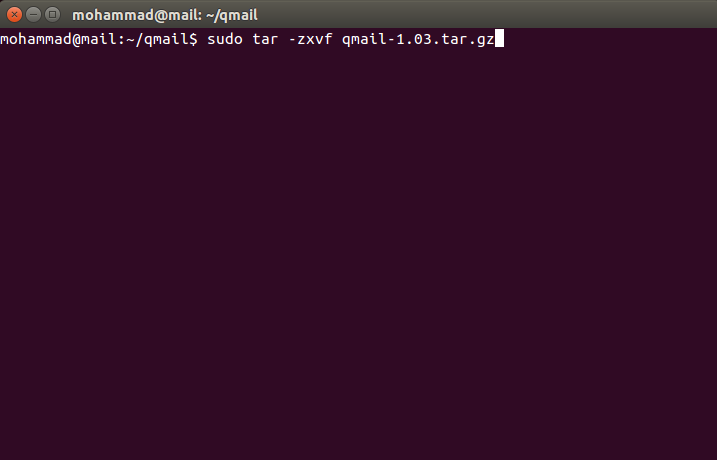
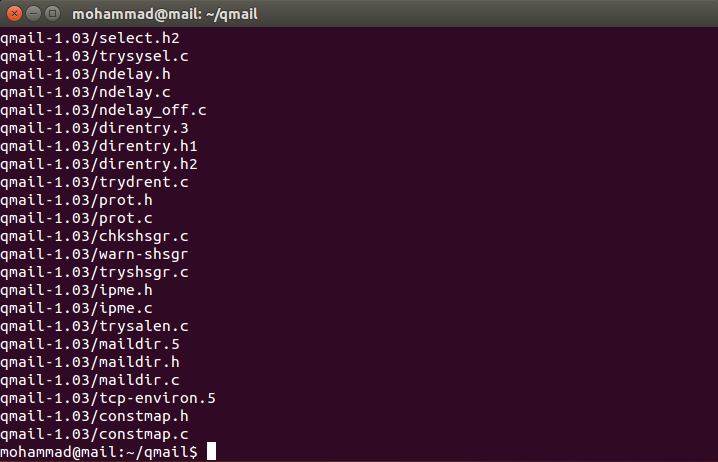


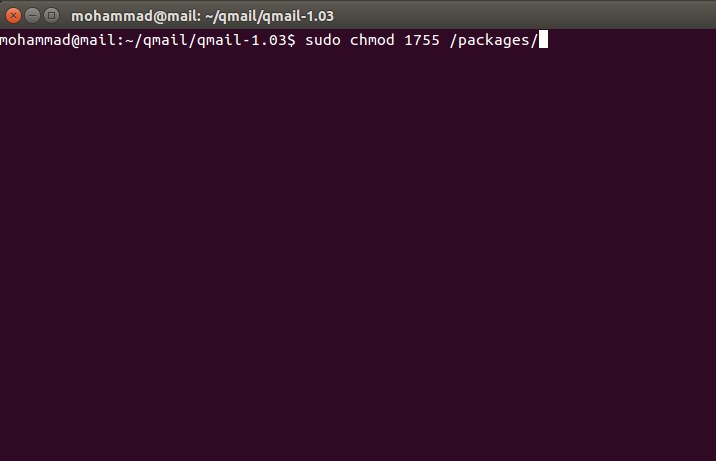
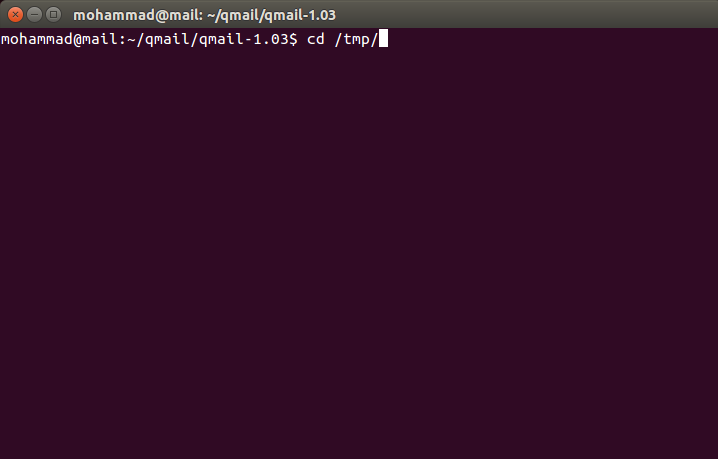
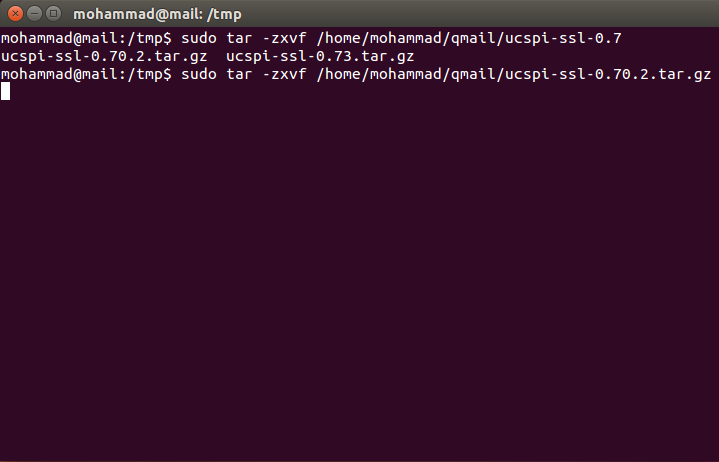





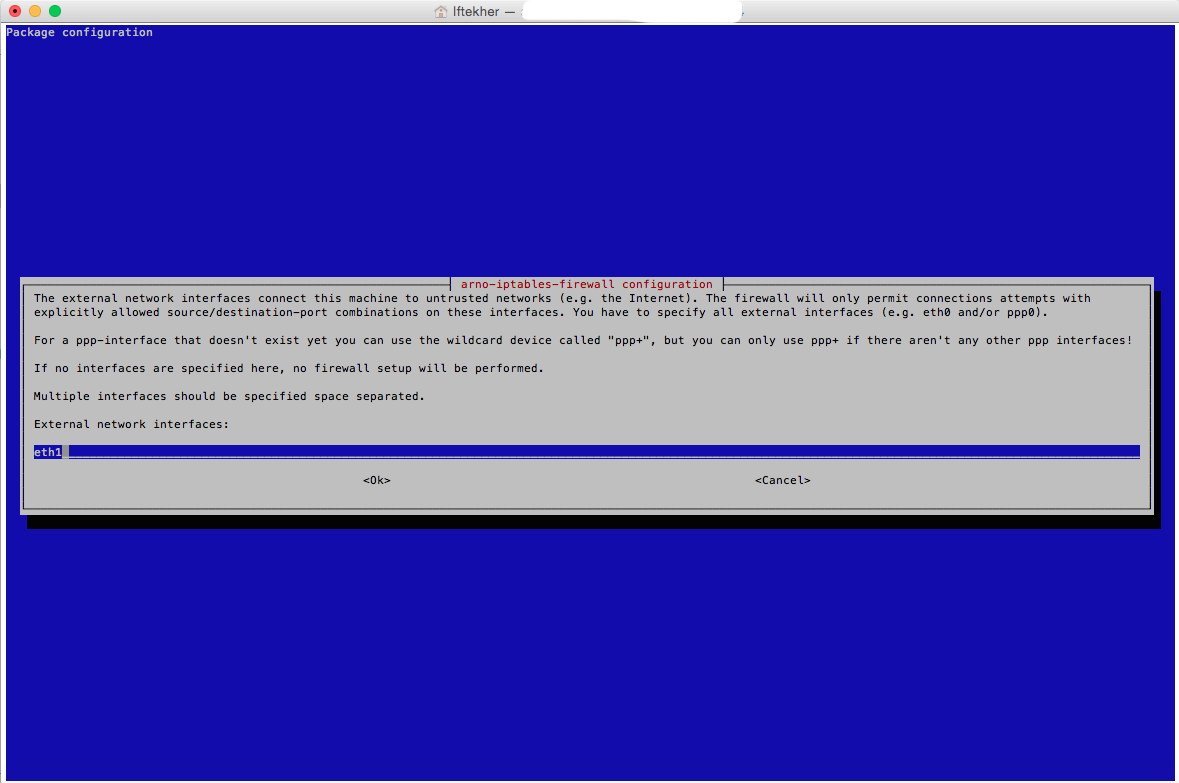
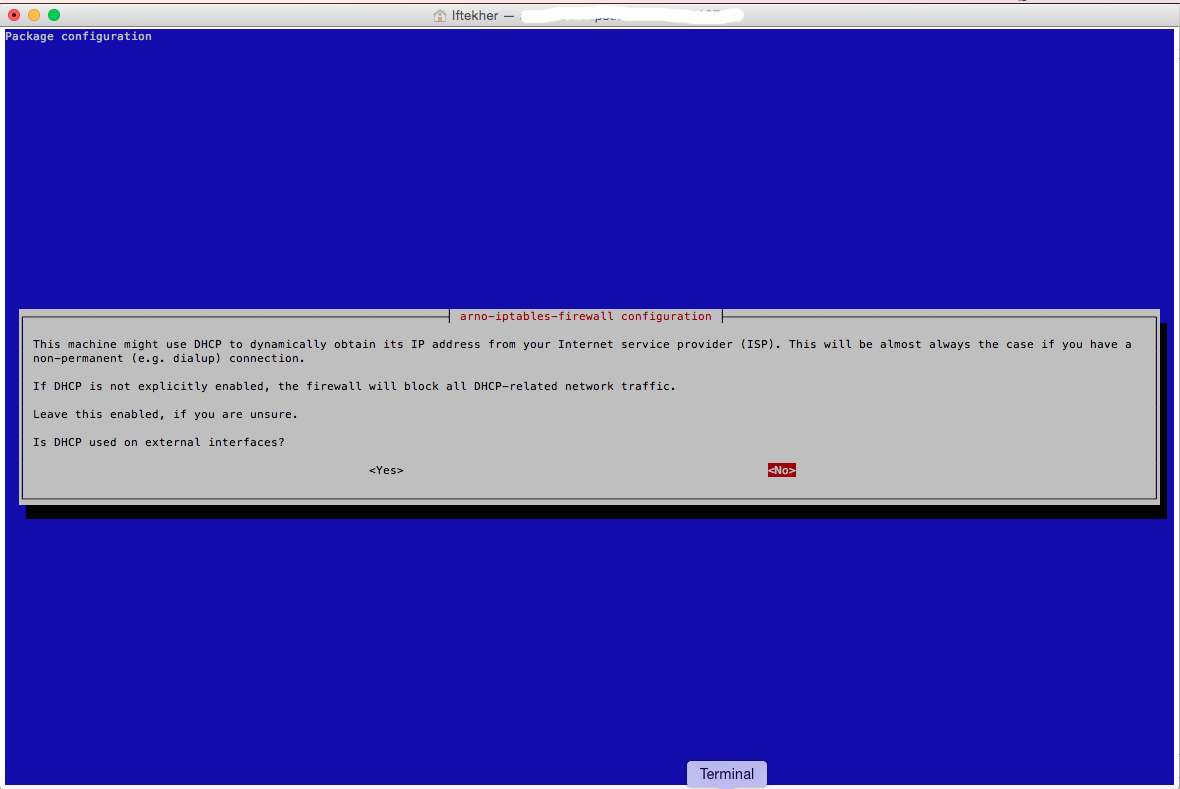
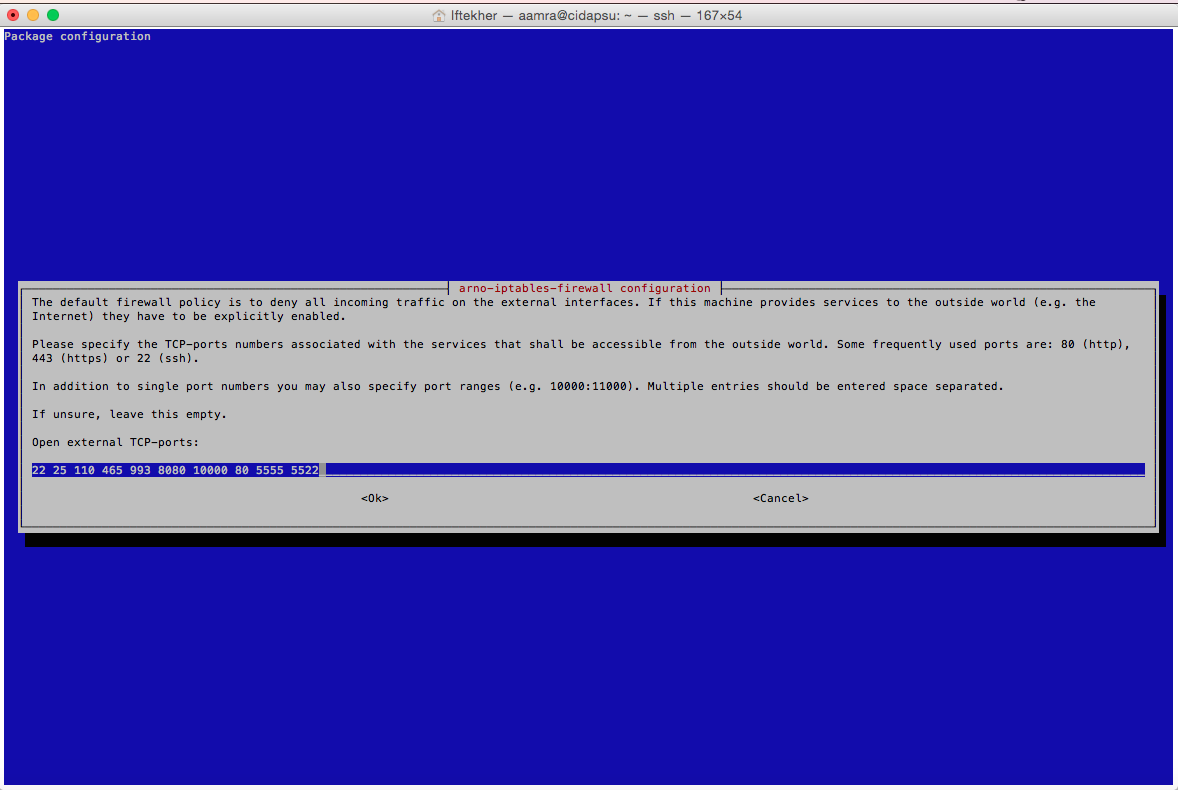
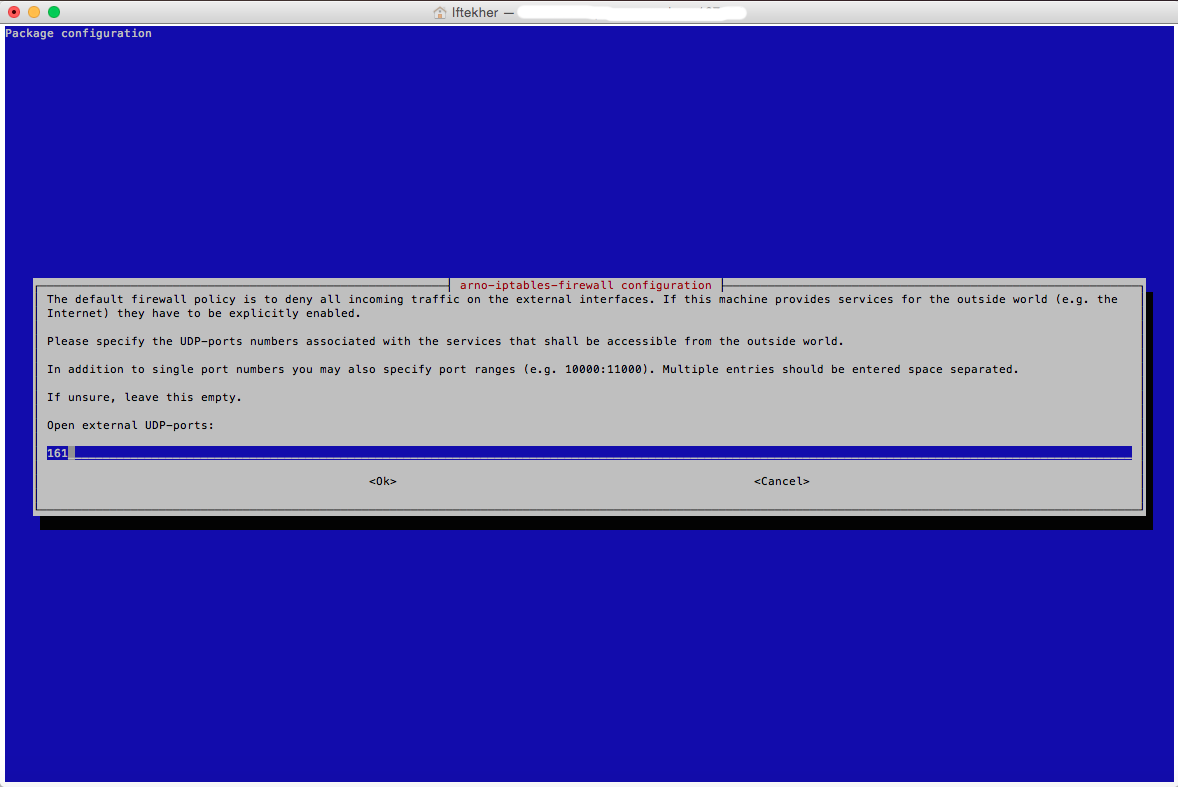
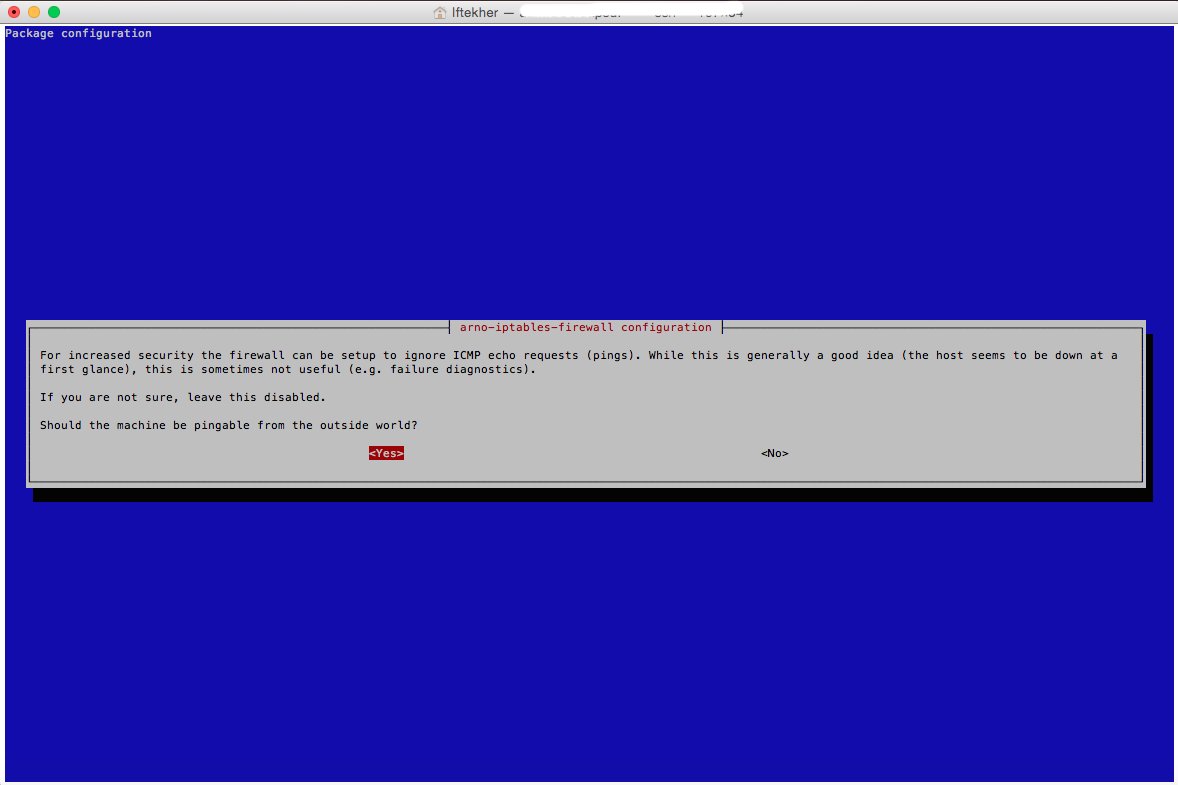


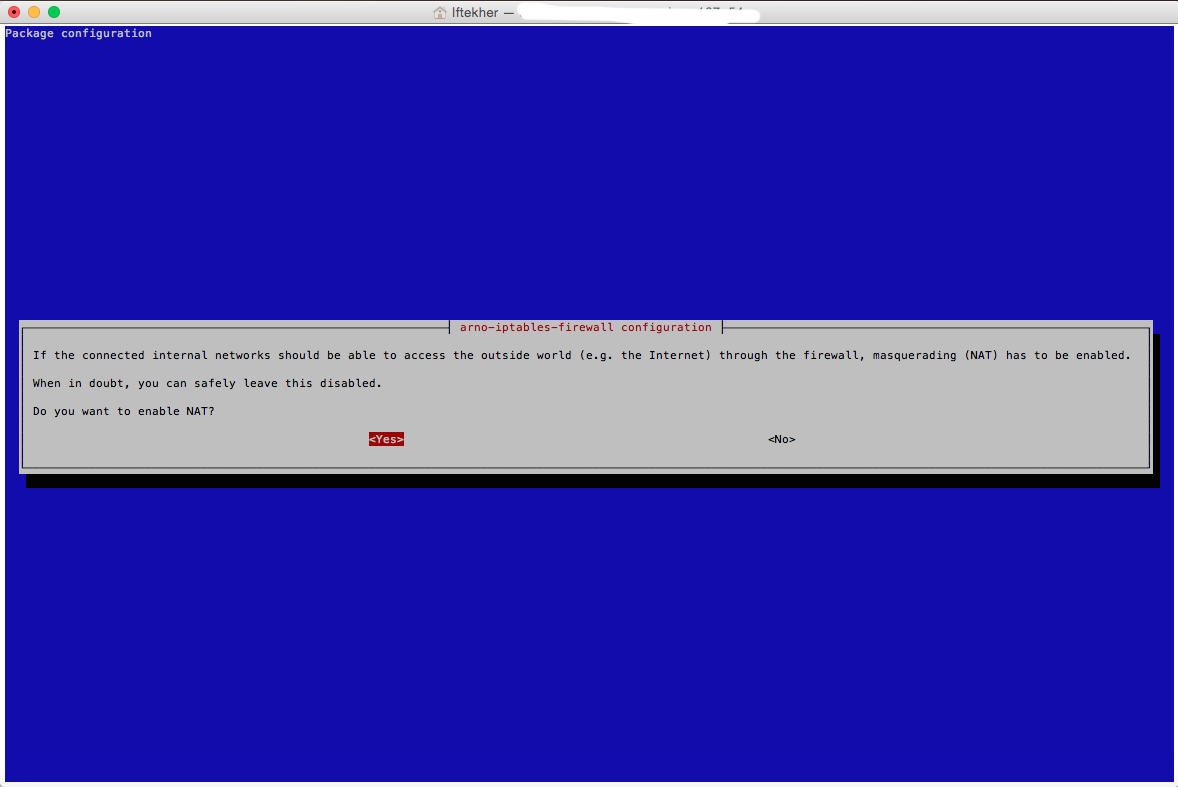
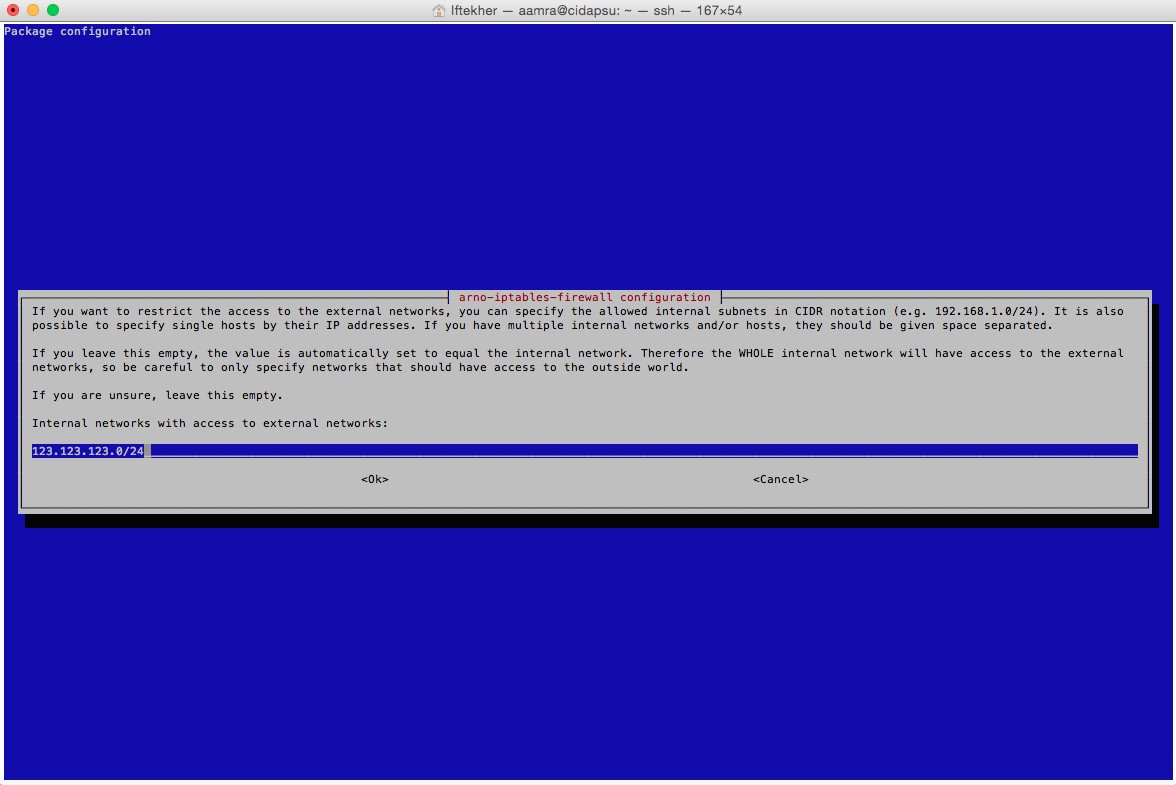
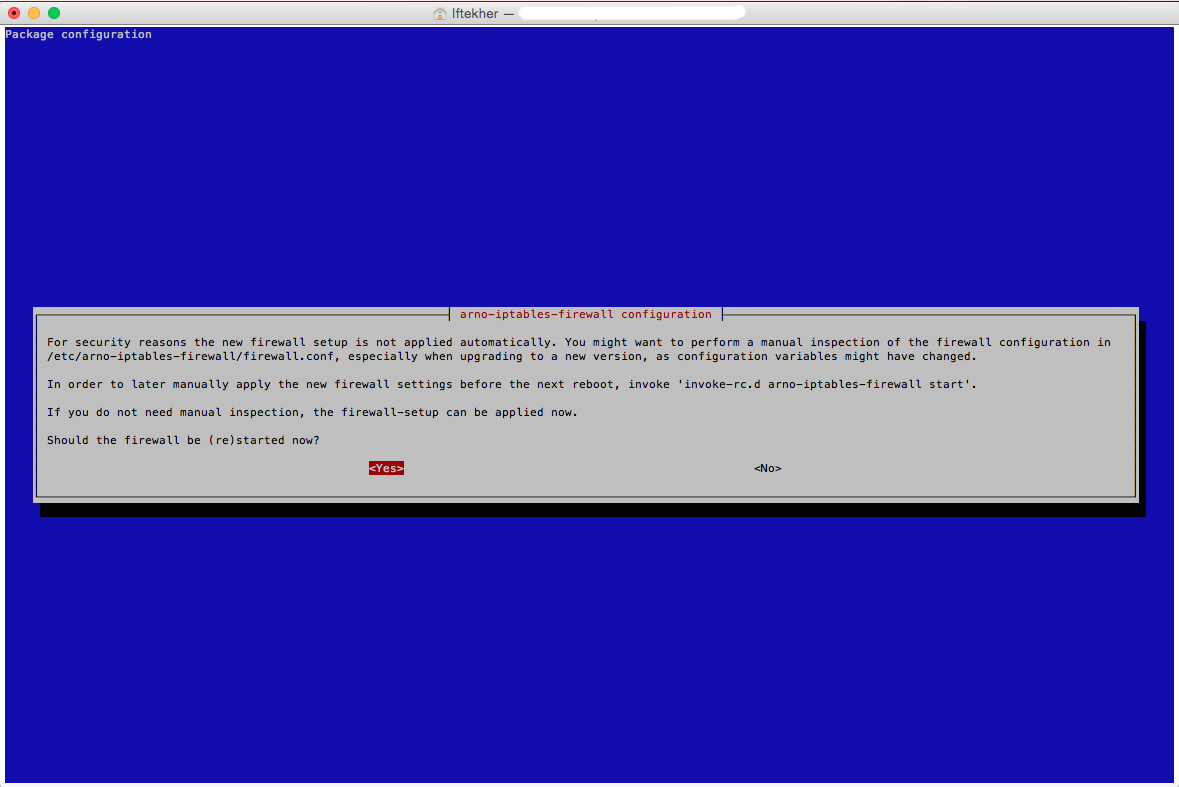
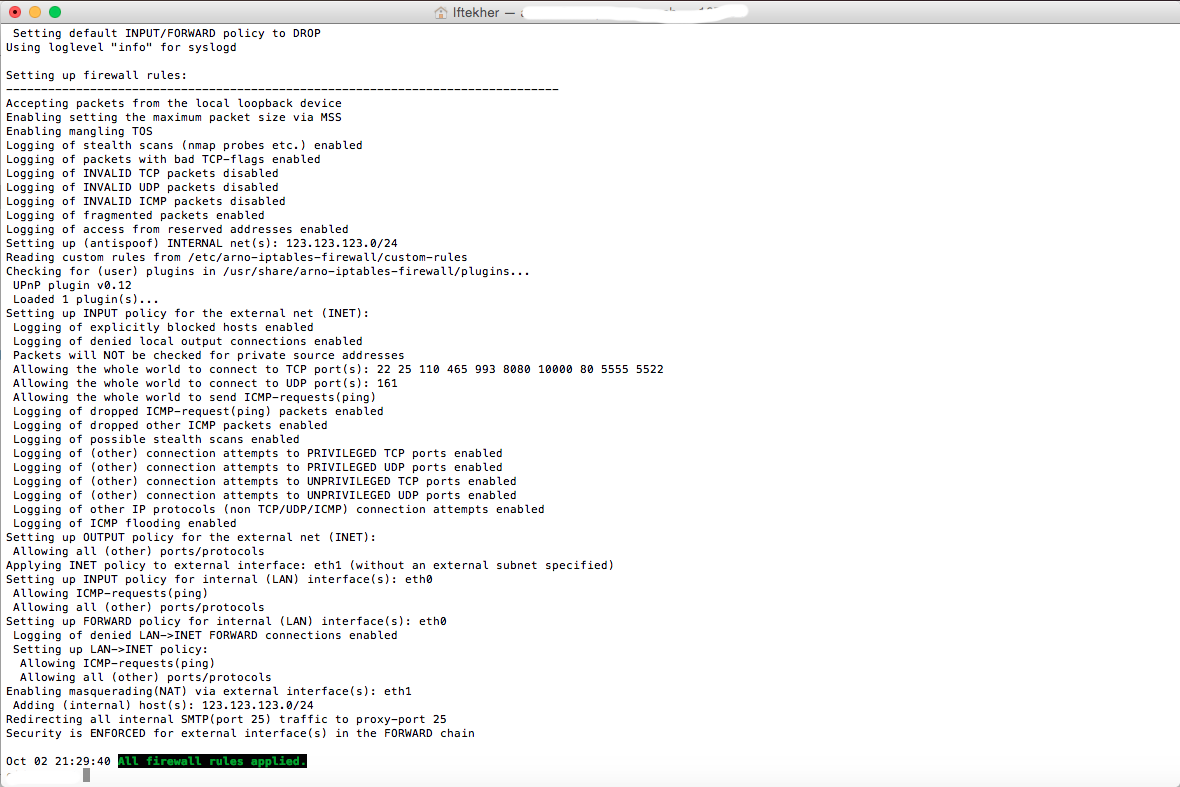
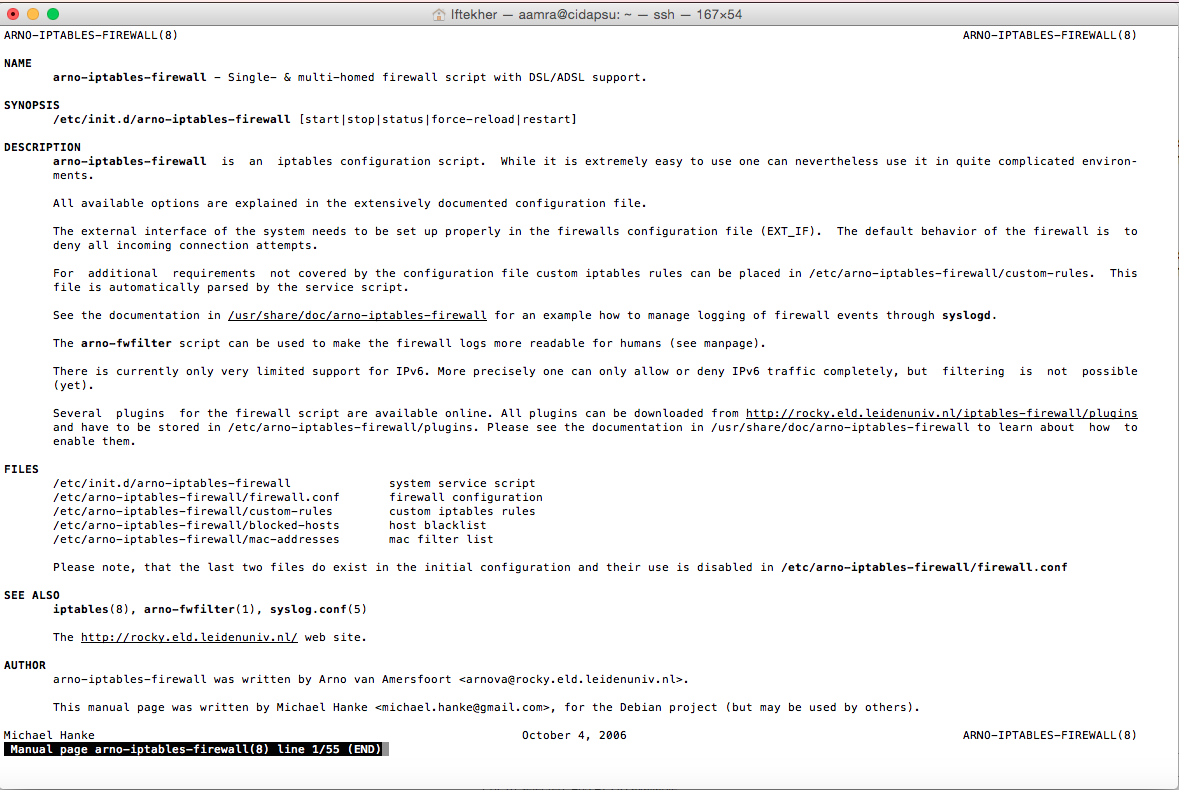





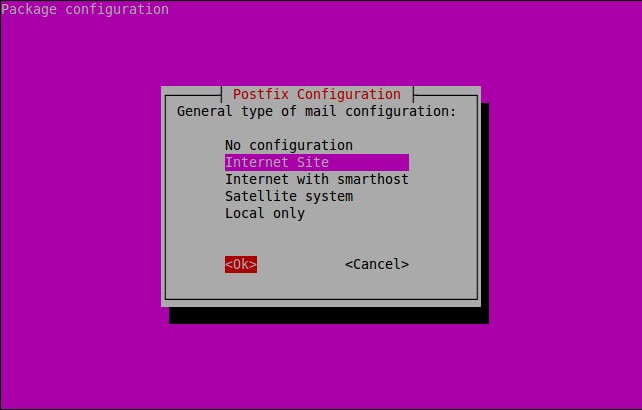
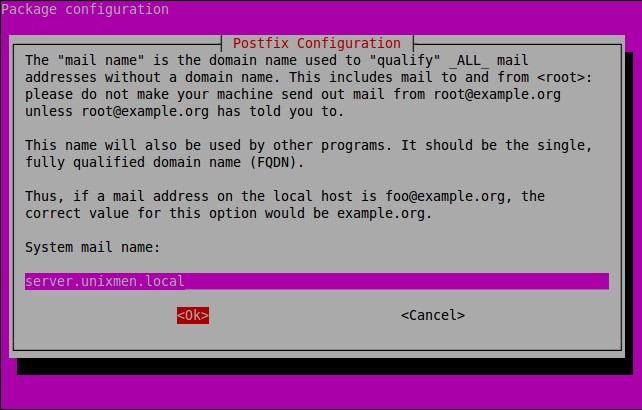


![Ubuntu 14.04 64bit Server [Running] – Oracle VM VirtualBox_017](http://www.unixmen.com/wp-content/uploads/2015/10/Ubuntu-14.04-64bit-Server-Running-Oracle-VM-VirtualBox_0171.jpg)
![Ubuntu 14.04 64bit Server [Running] – Oracle VM VirtualBox_018](http://www.unixmen.com/wp-content/uploads/2015/10/Ubuntu-14.04-64bit-Server-Running-Oracle-VM-VirtualBox_018.jpg)
![CentOS 7 -1 [Running] – Oracle VM VirtualBox_019](http://www.unixmen.com/wp-content/uploads/2015/10/CentOS-7-1-Running-Oracle-VM-VirtualBox_019.jpg)
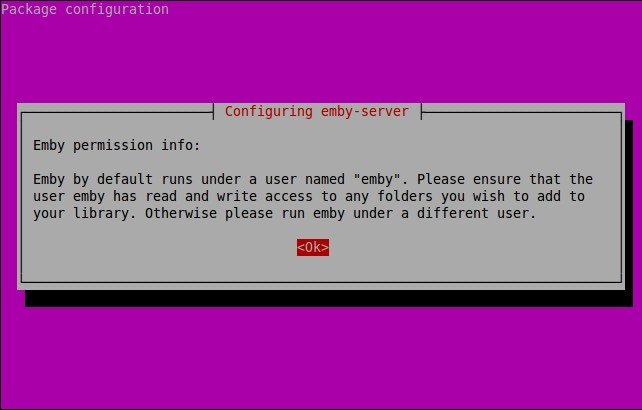

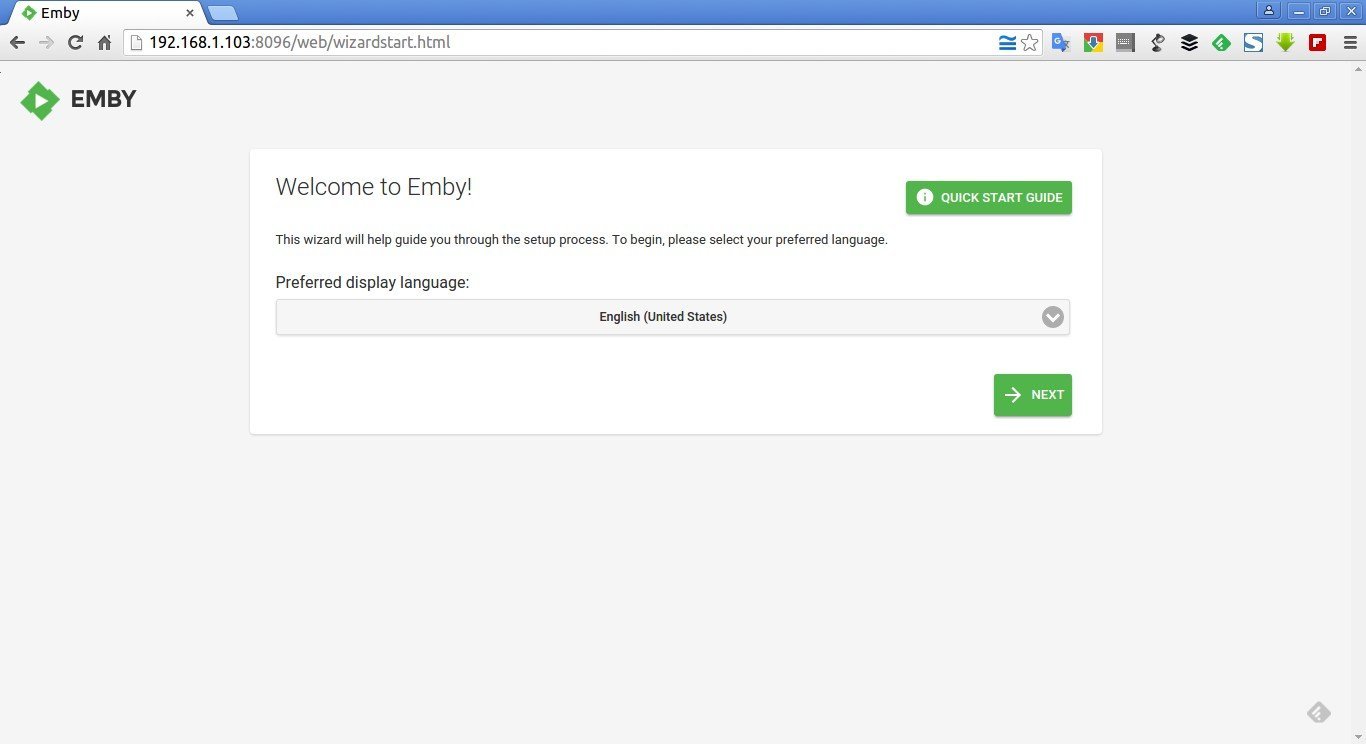


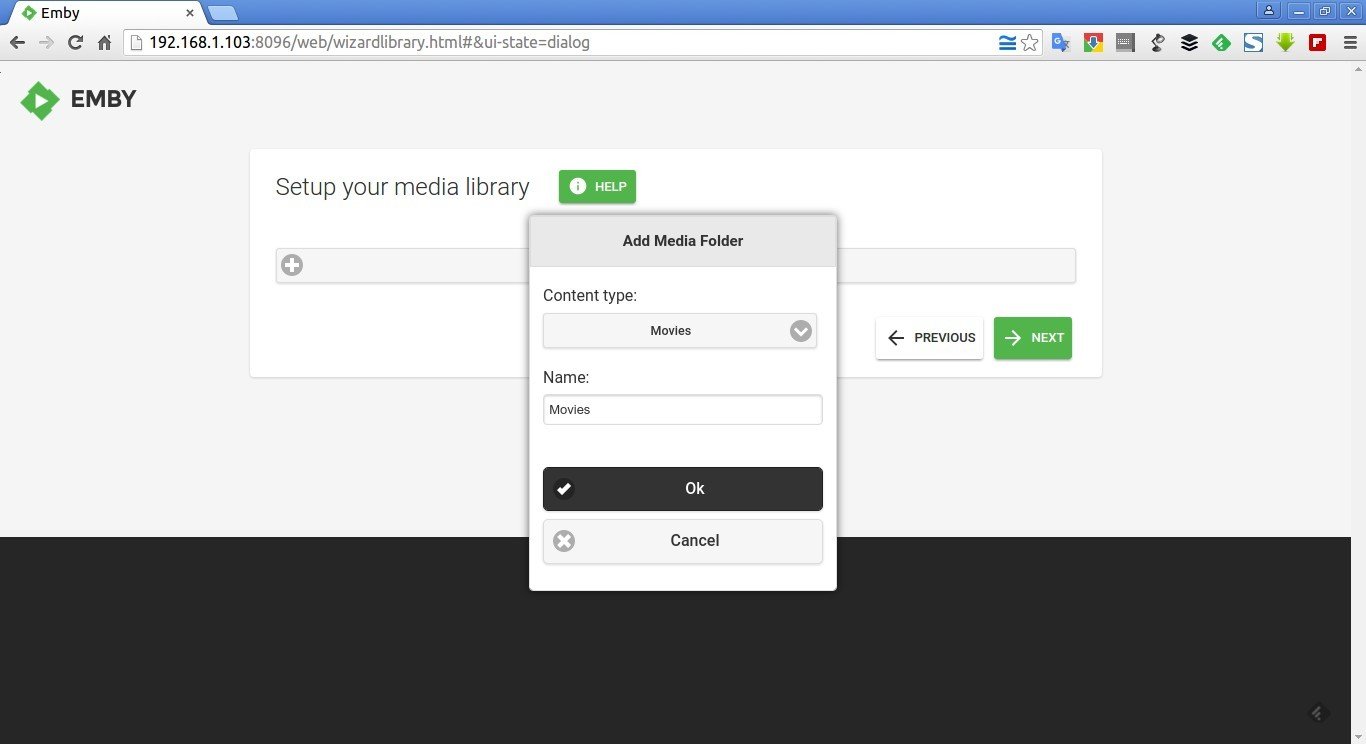






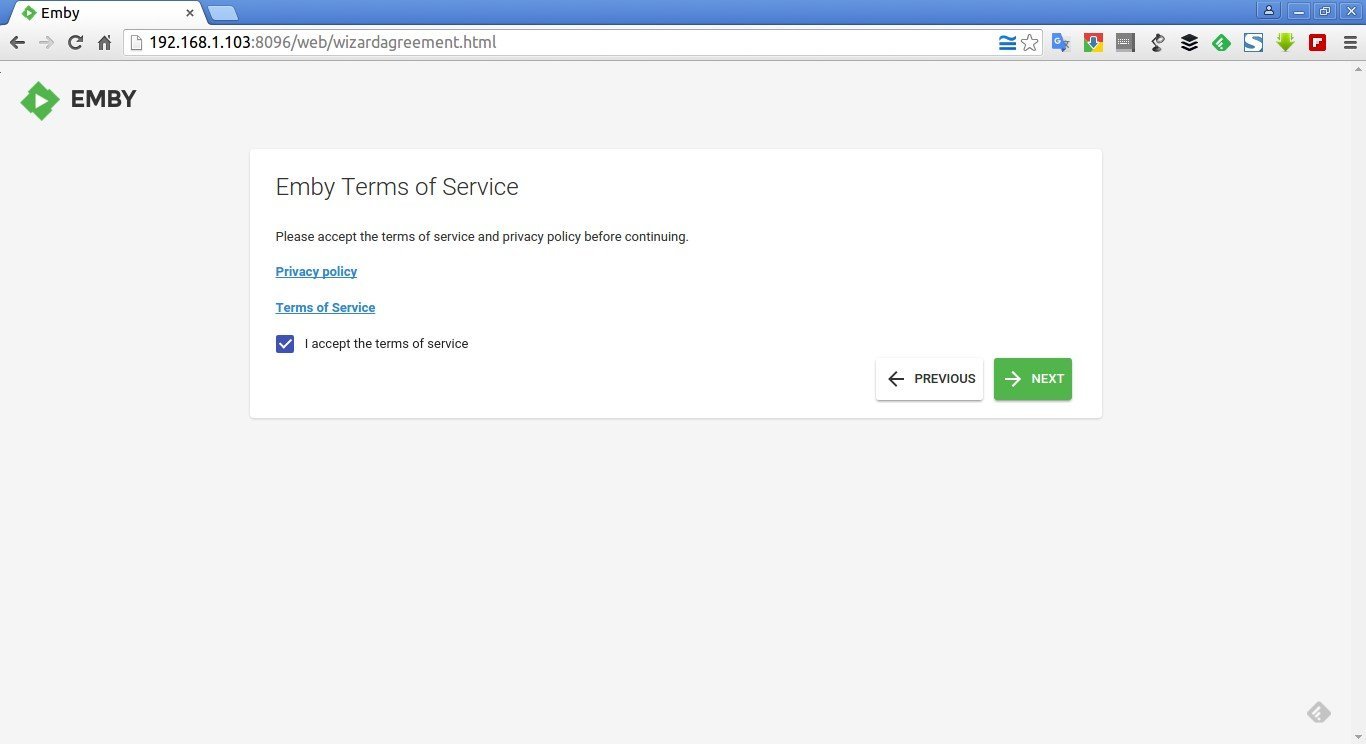
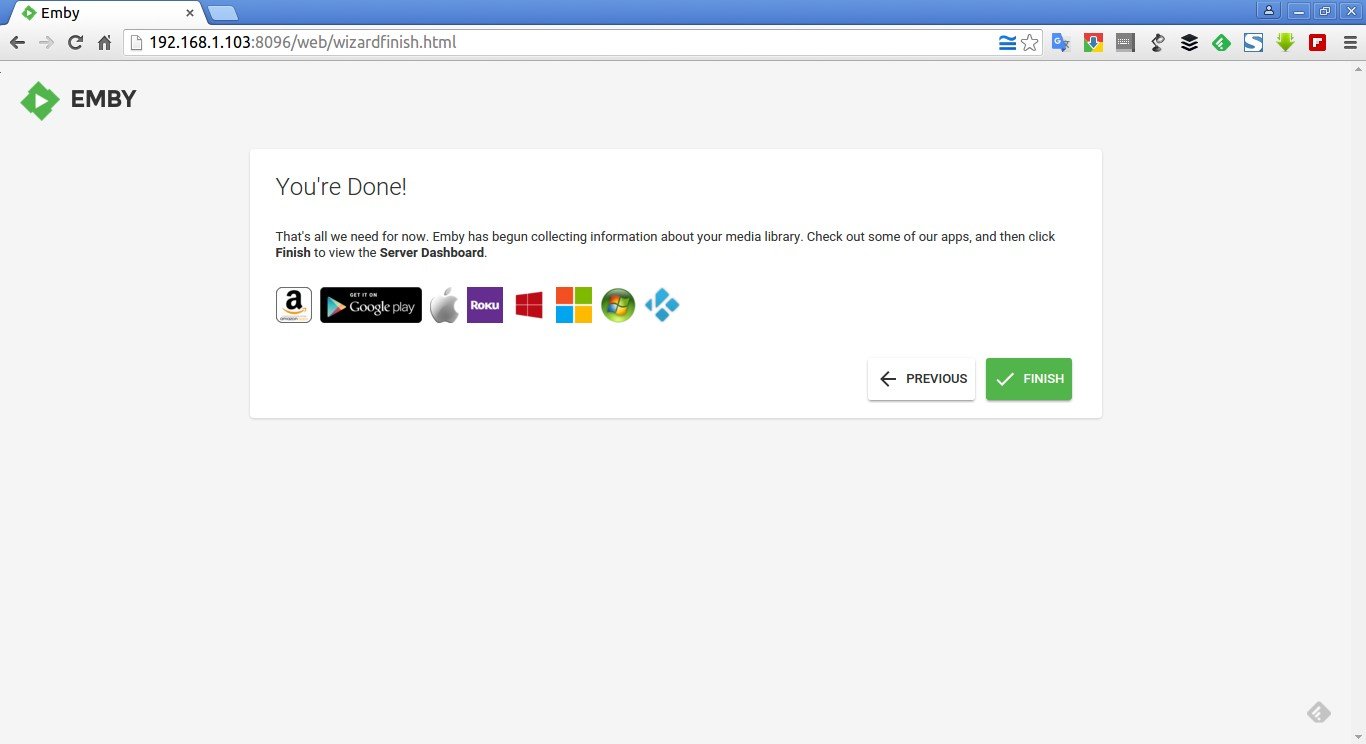



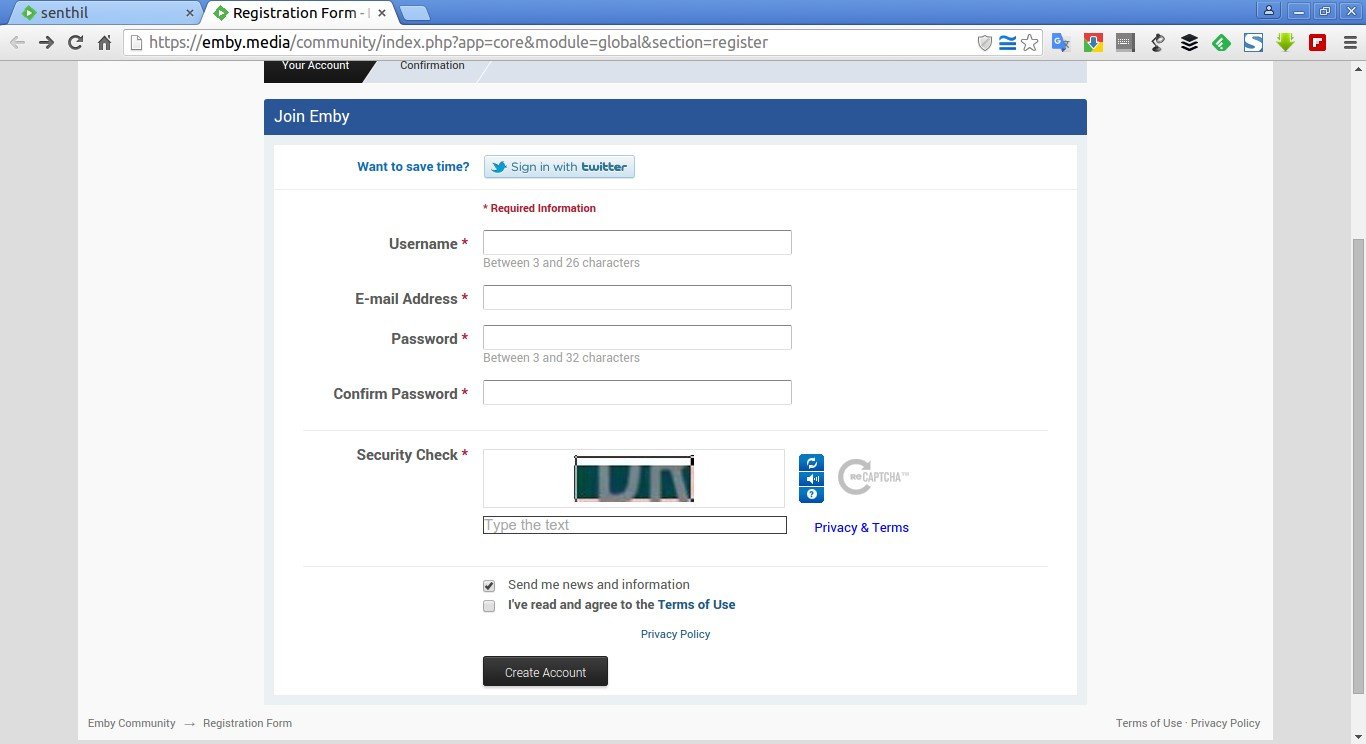




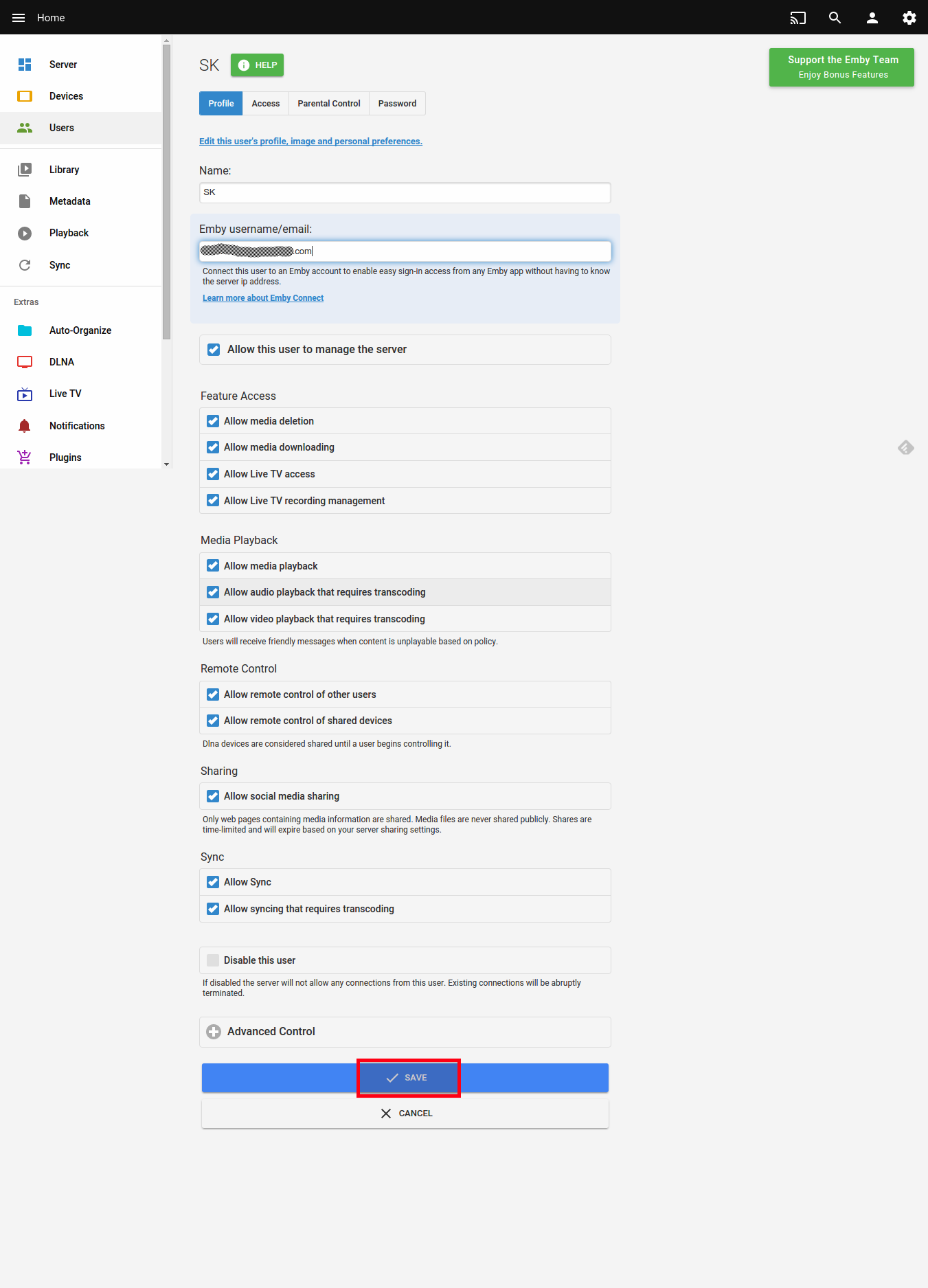
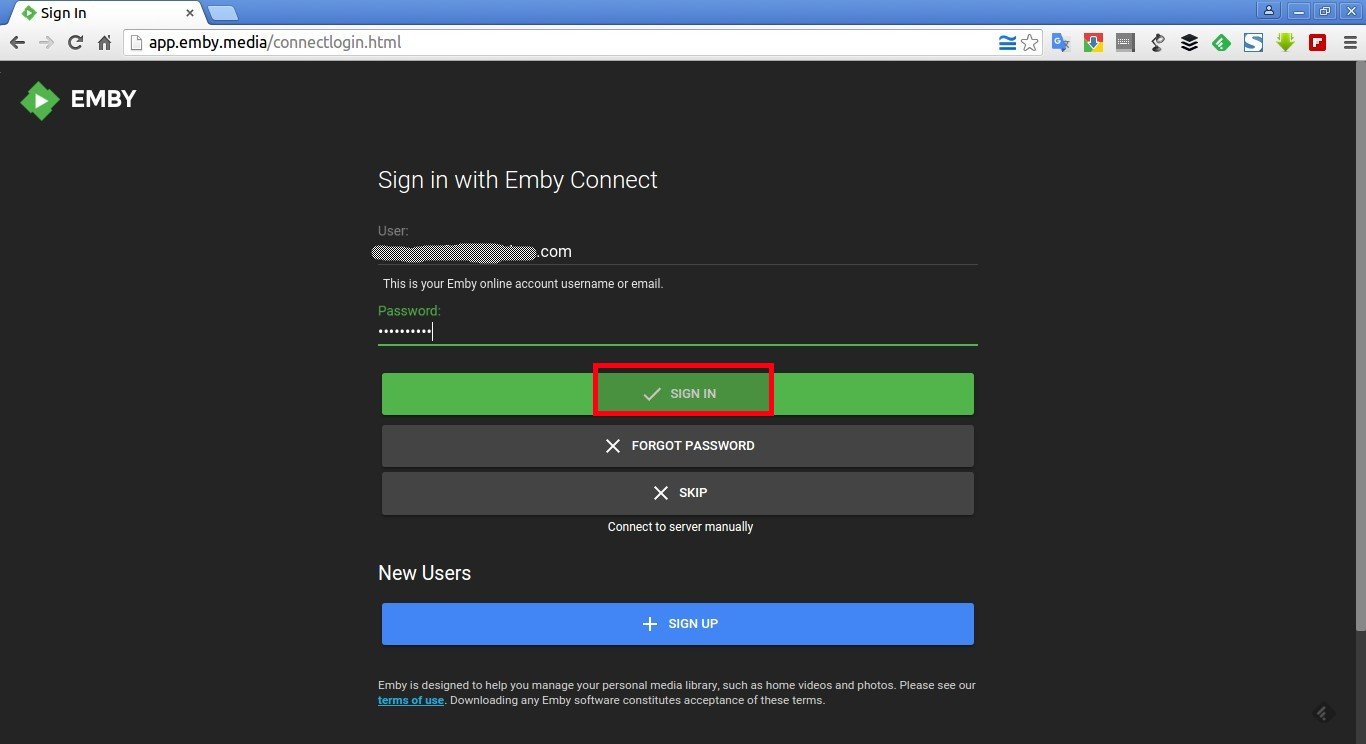
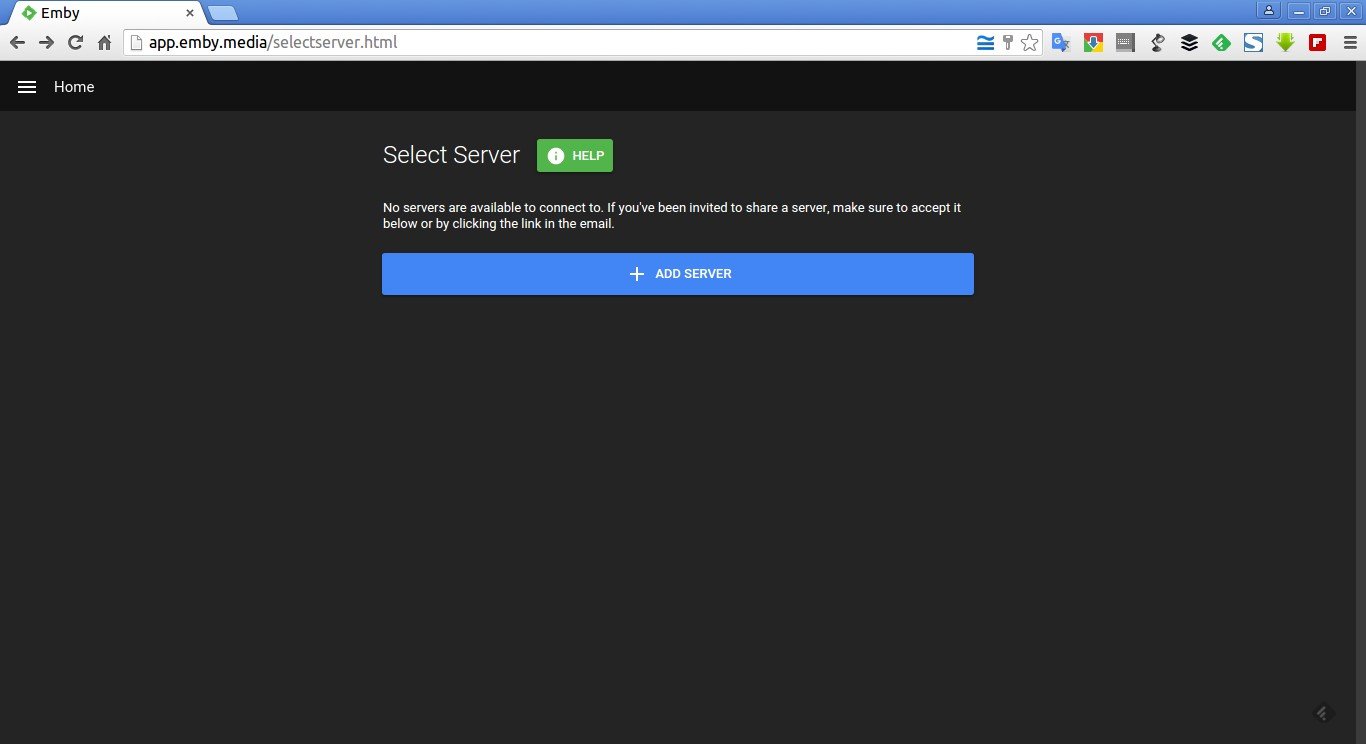

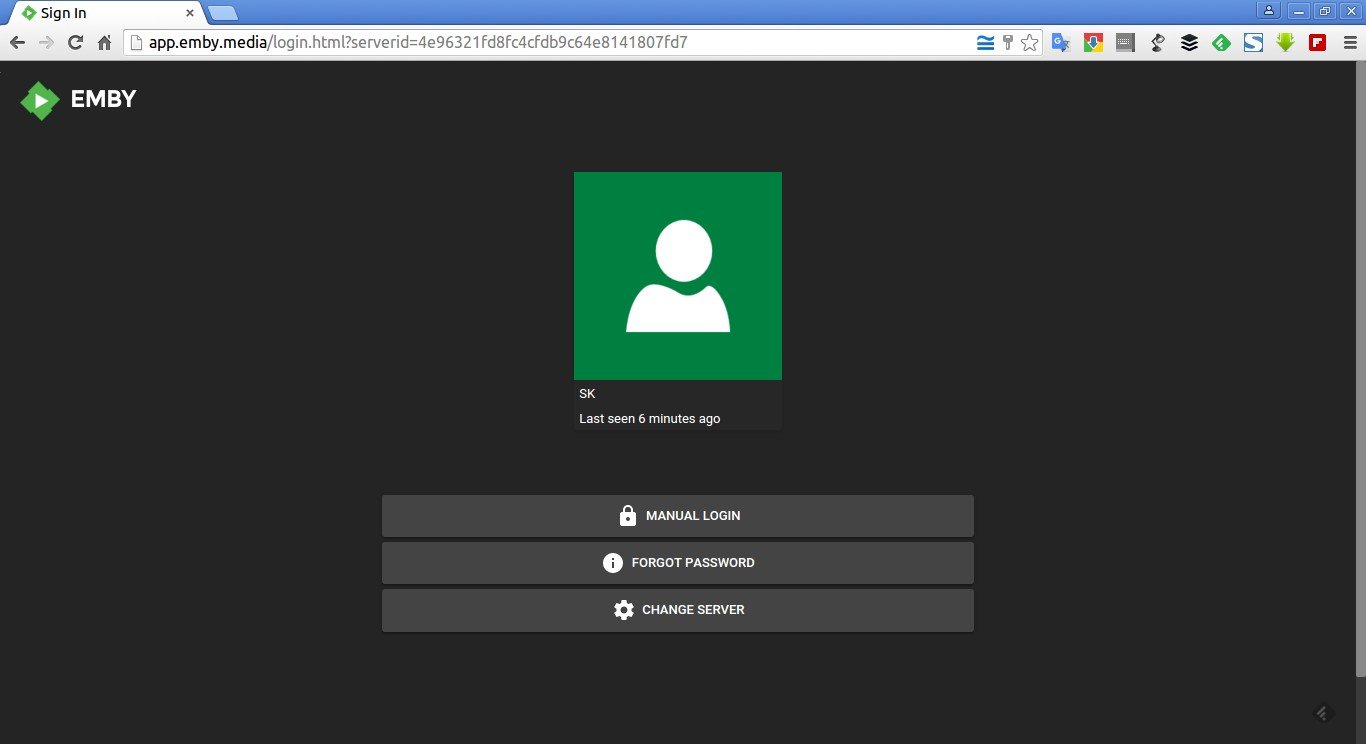


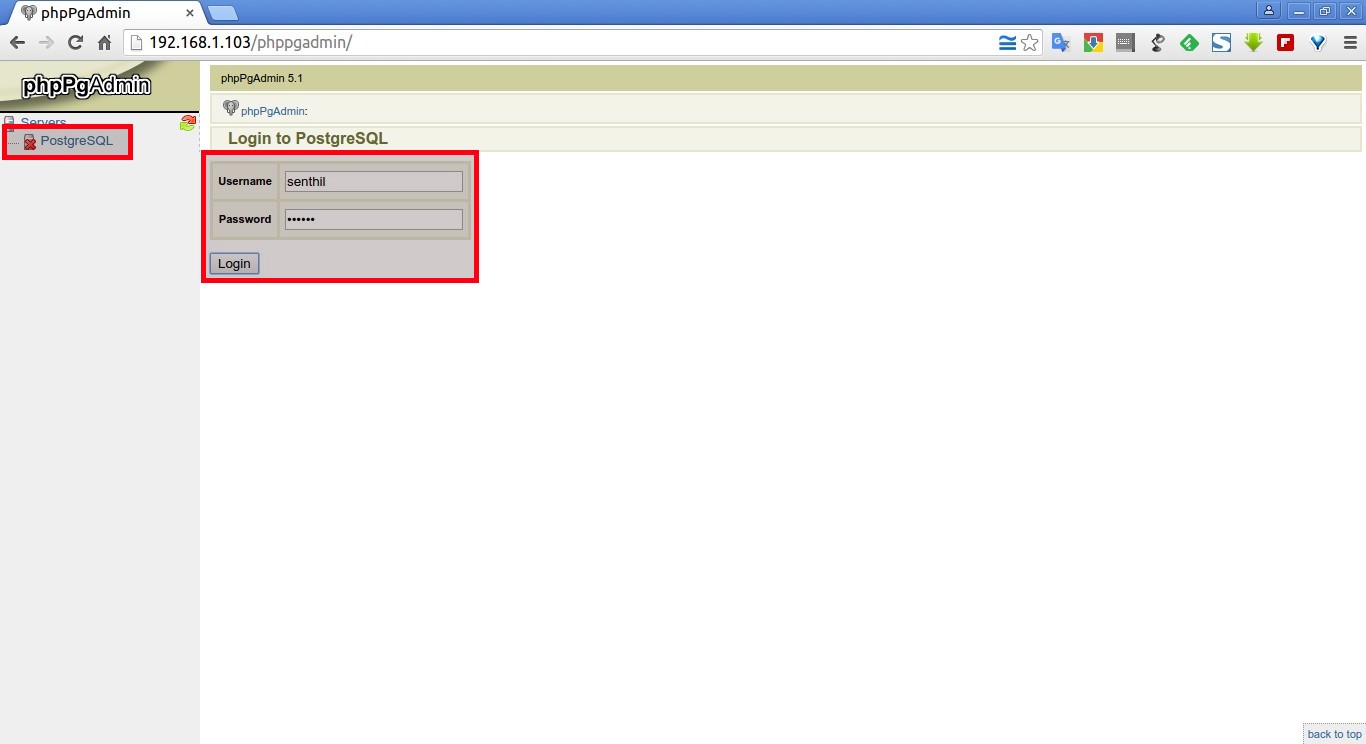
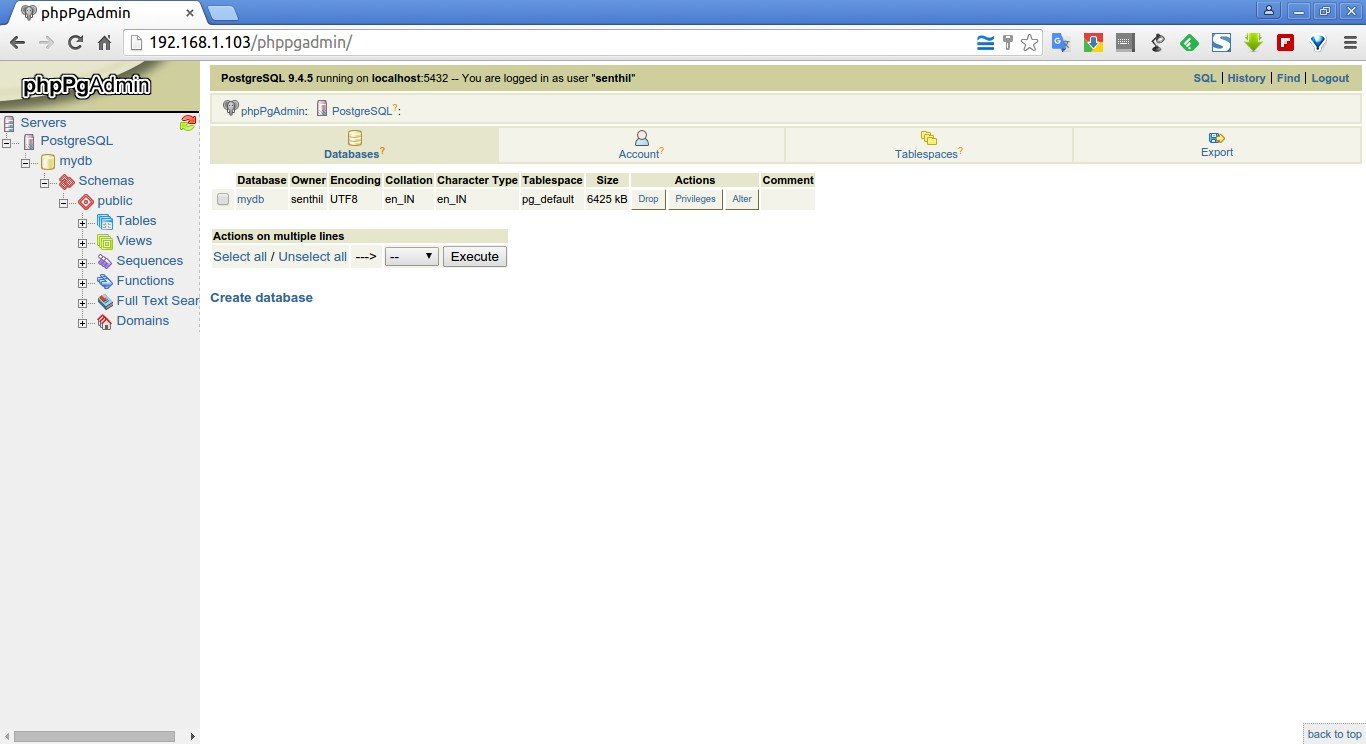








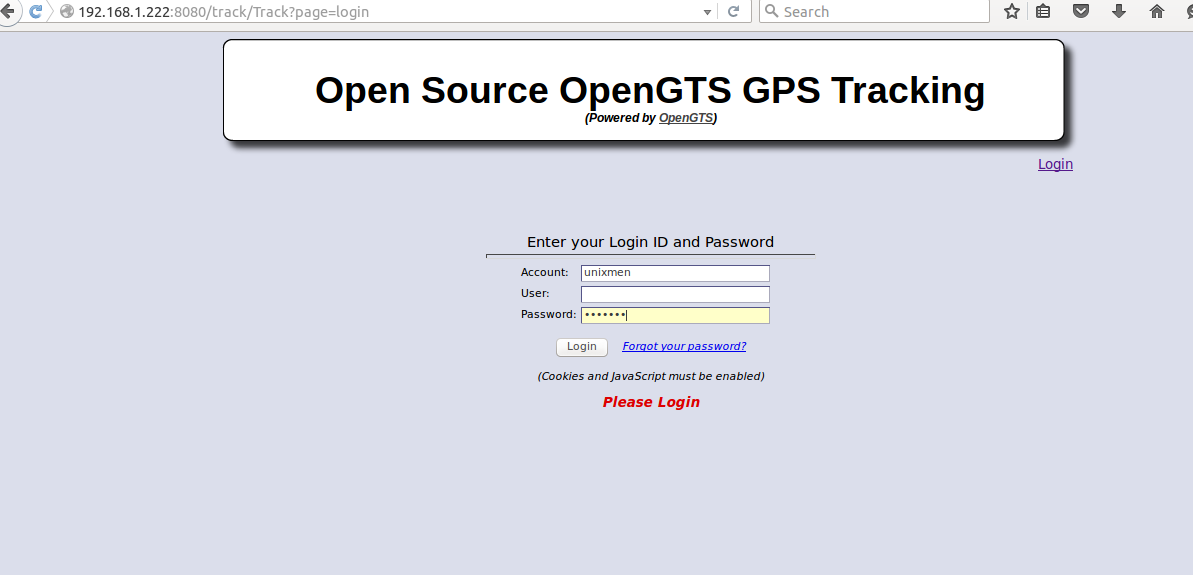
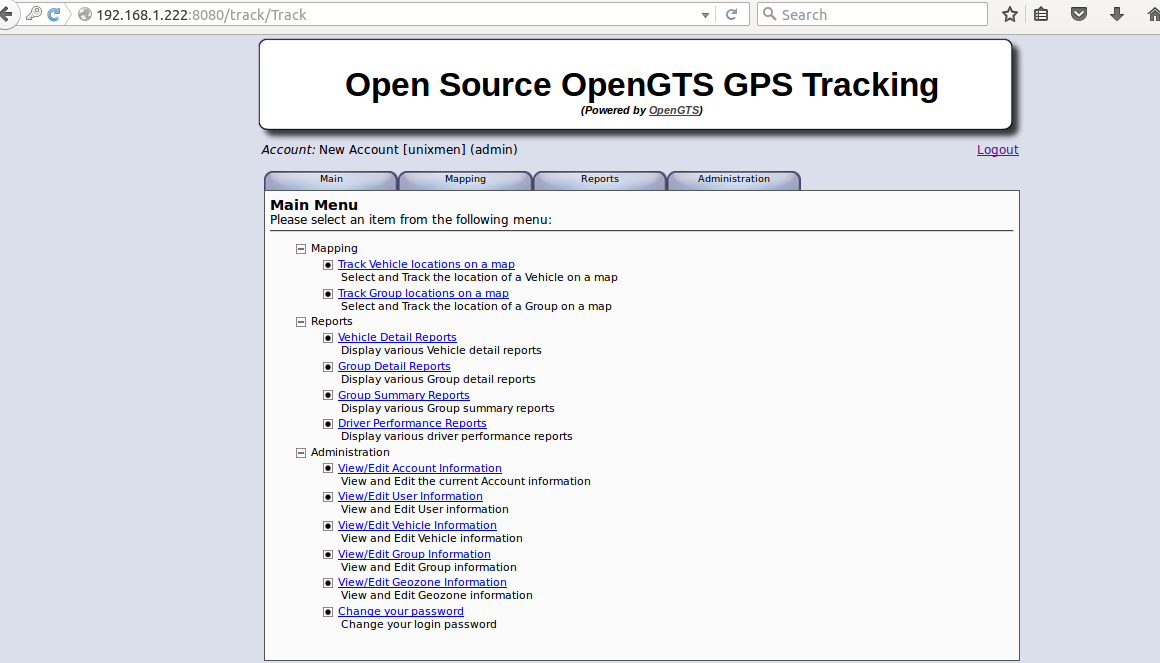






































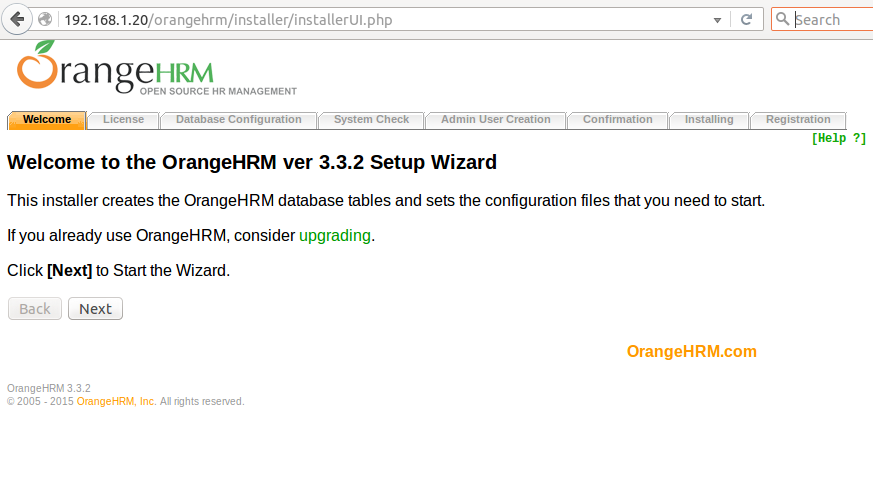
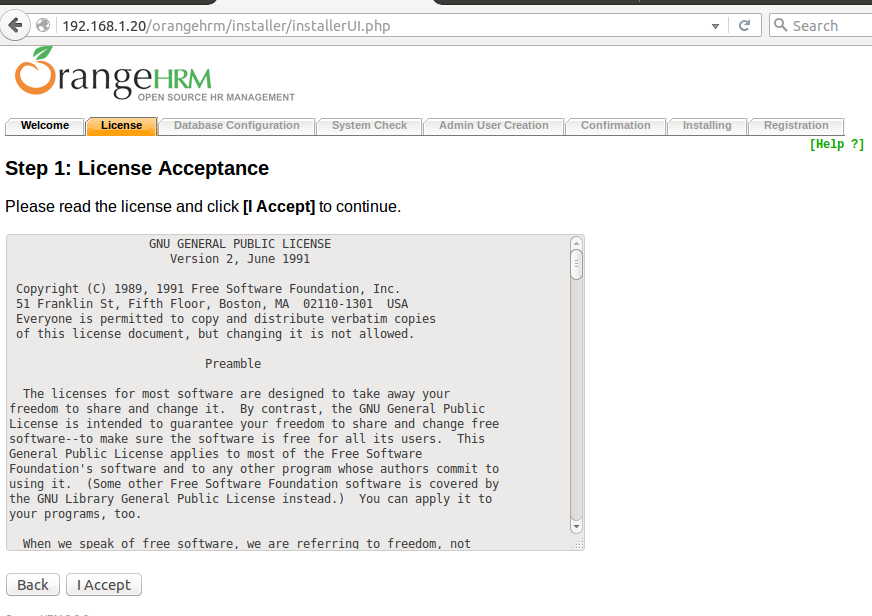




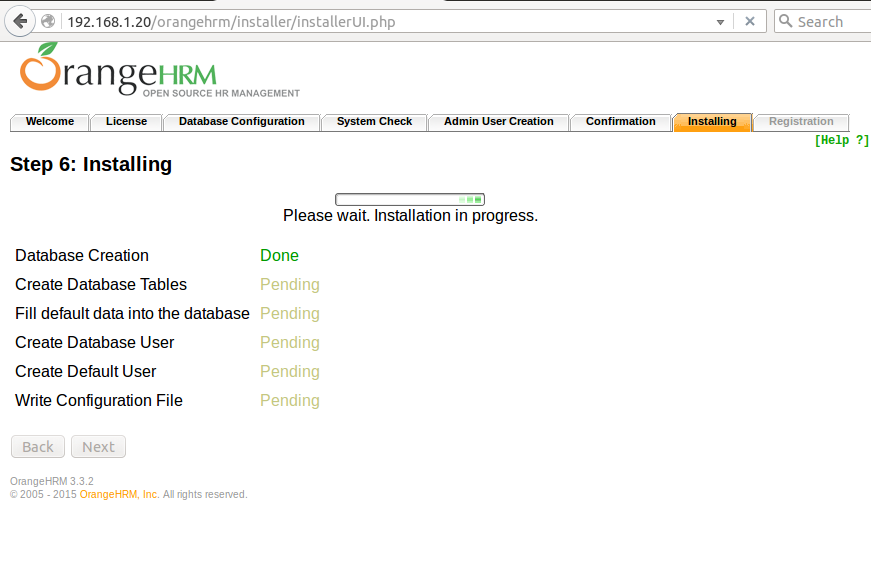

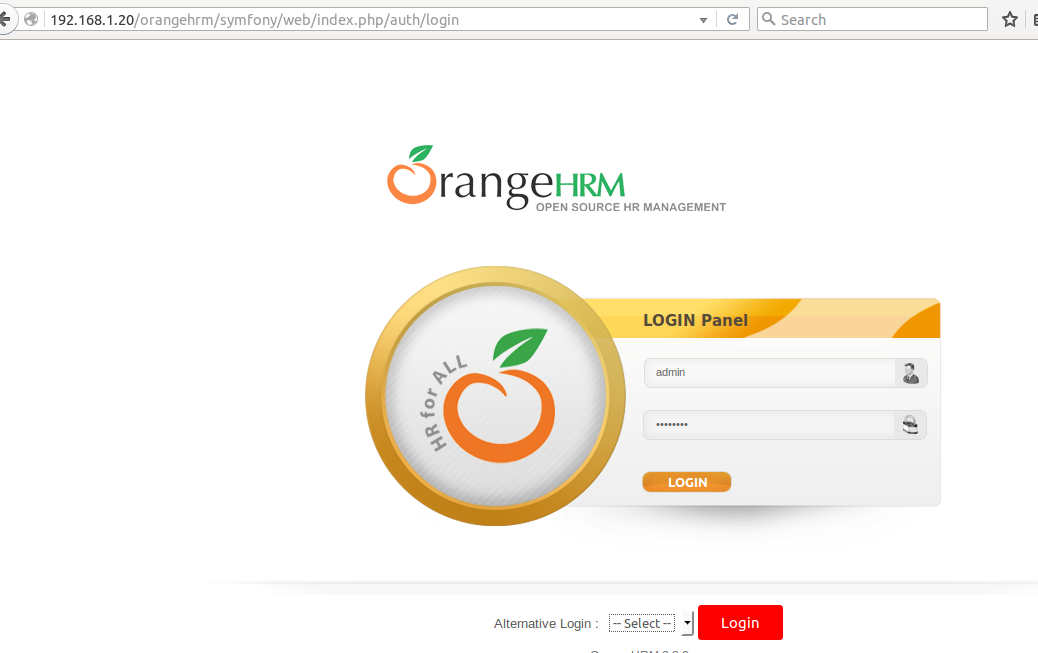
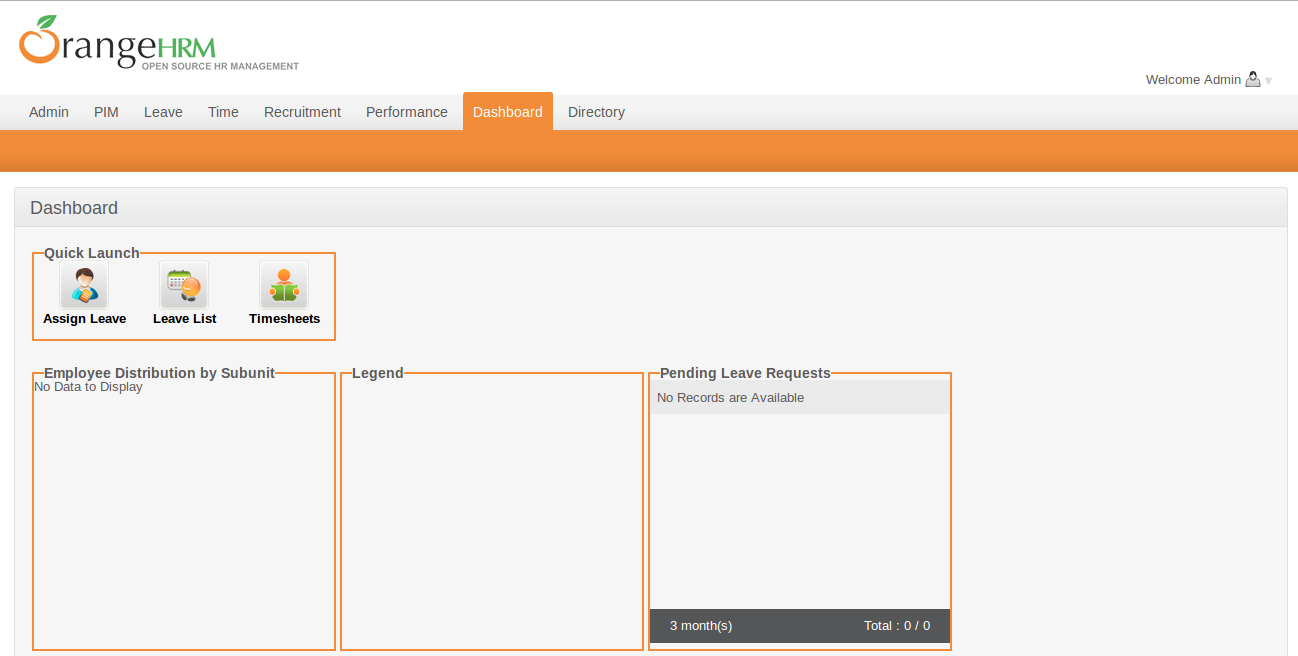




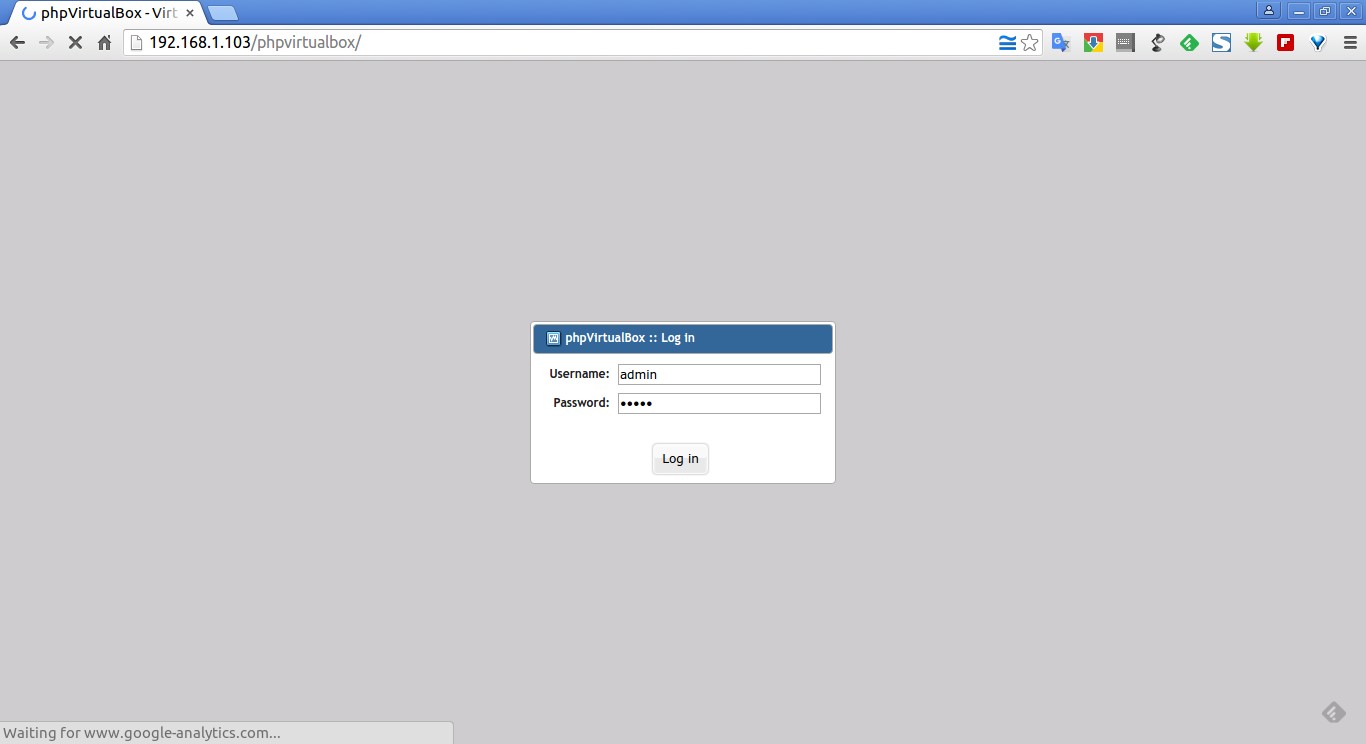
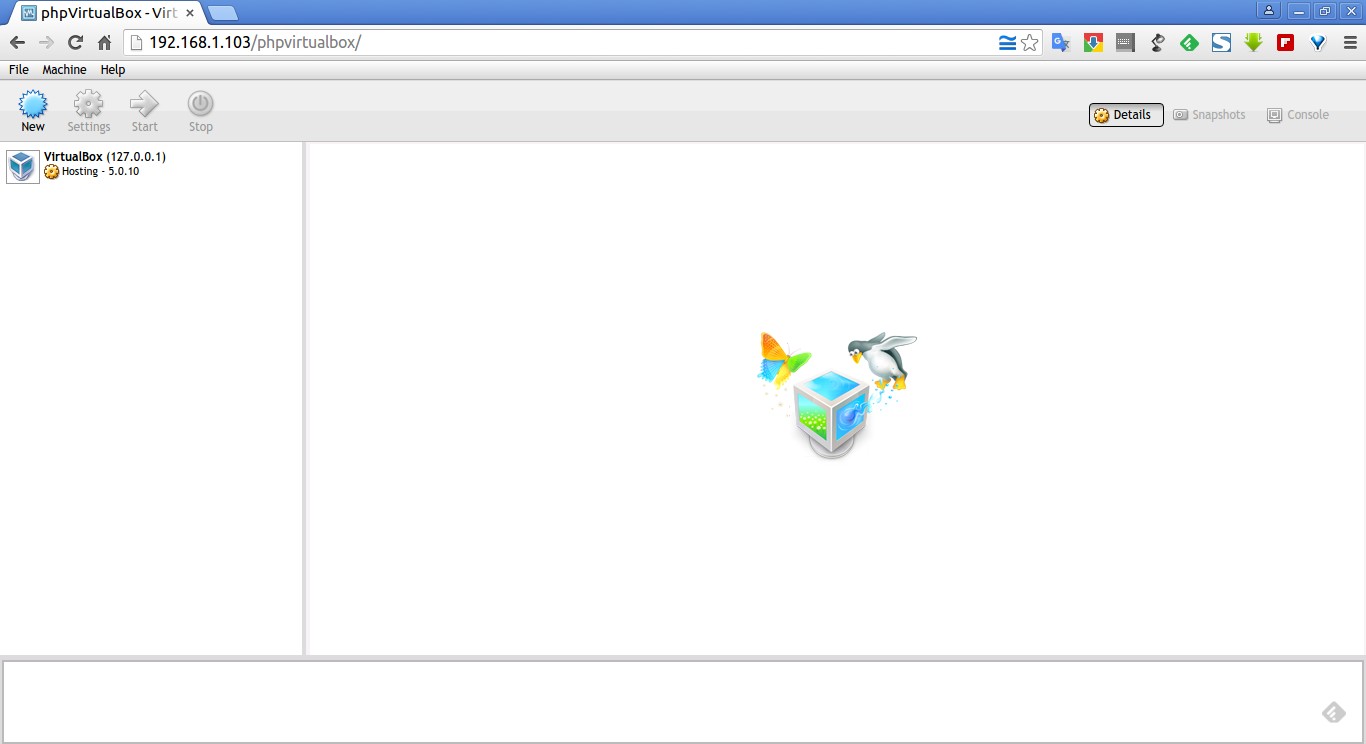





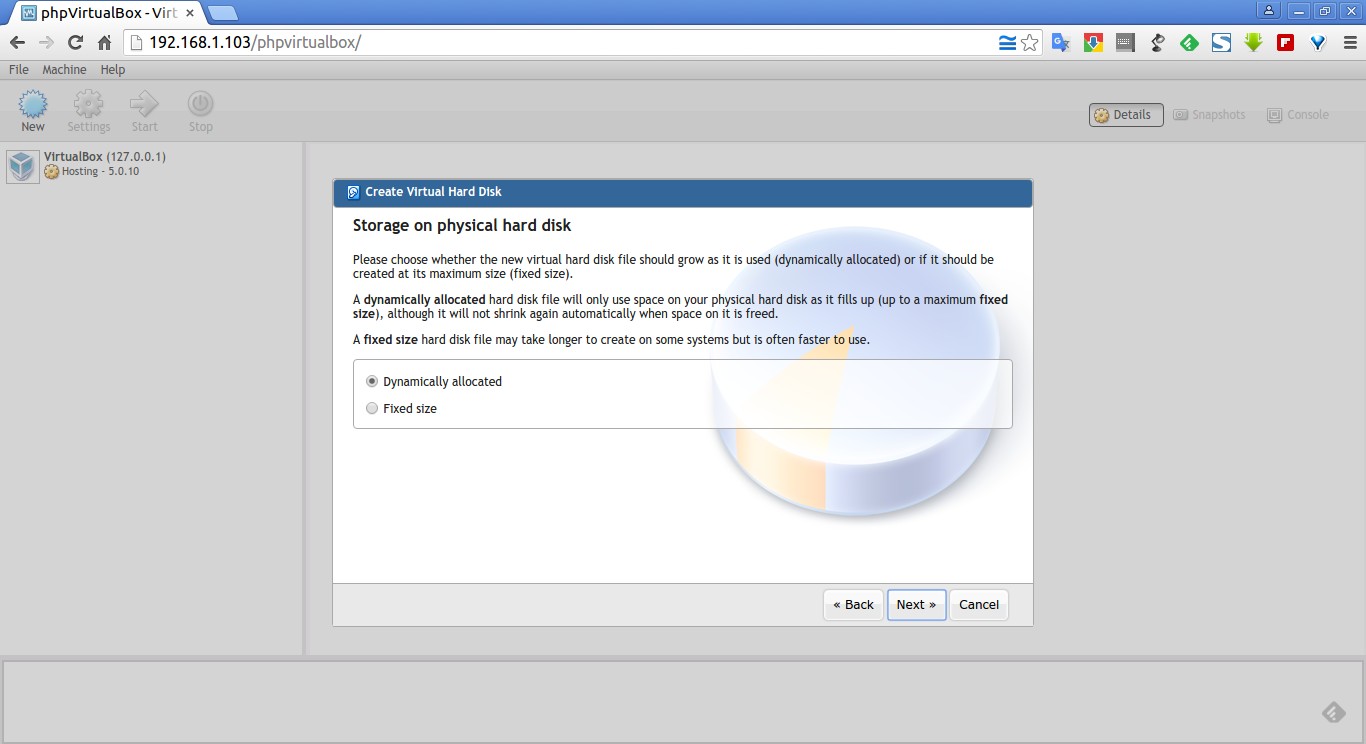


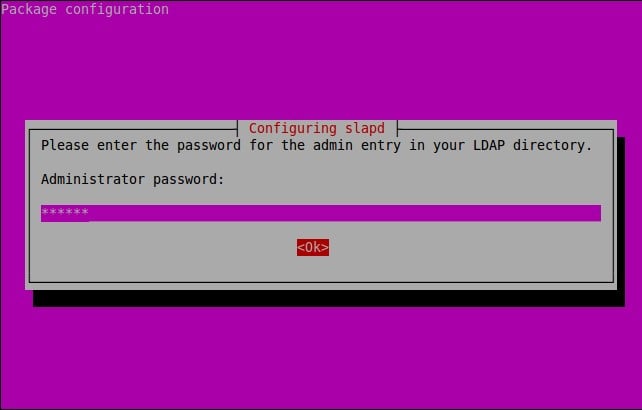
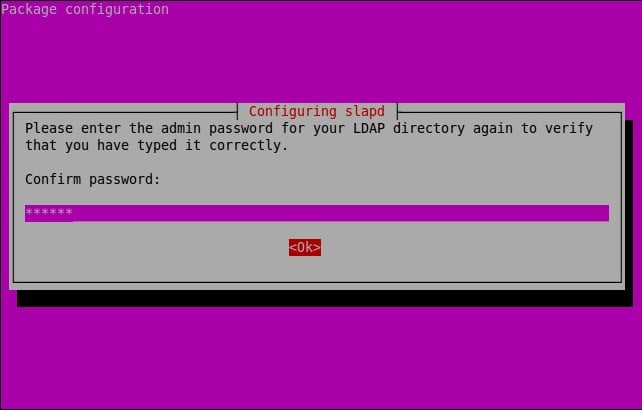
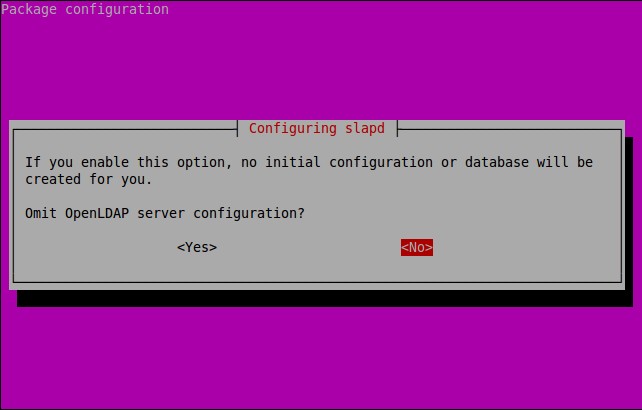






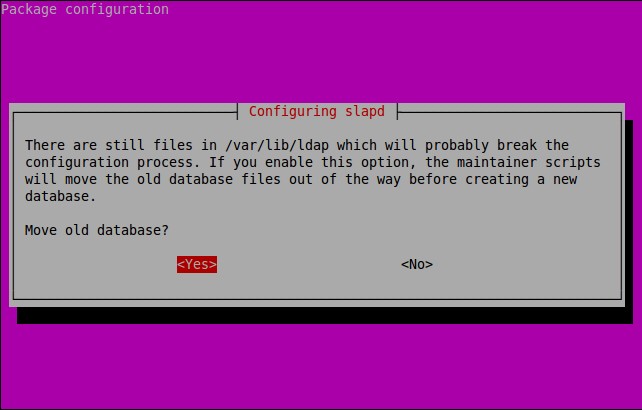

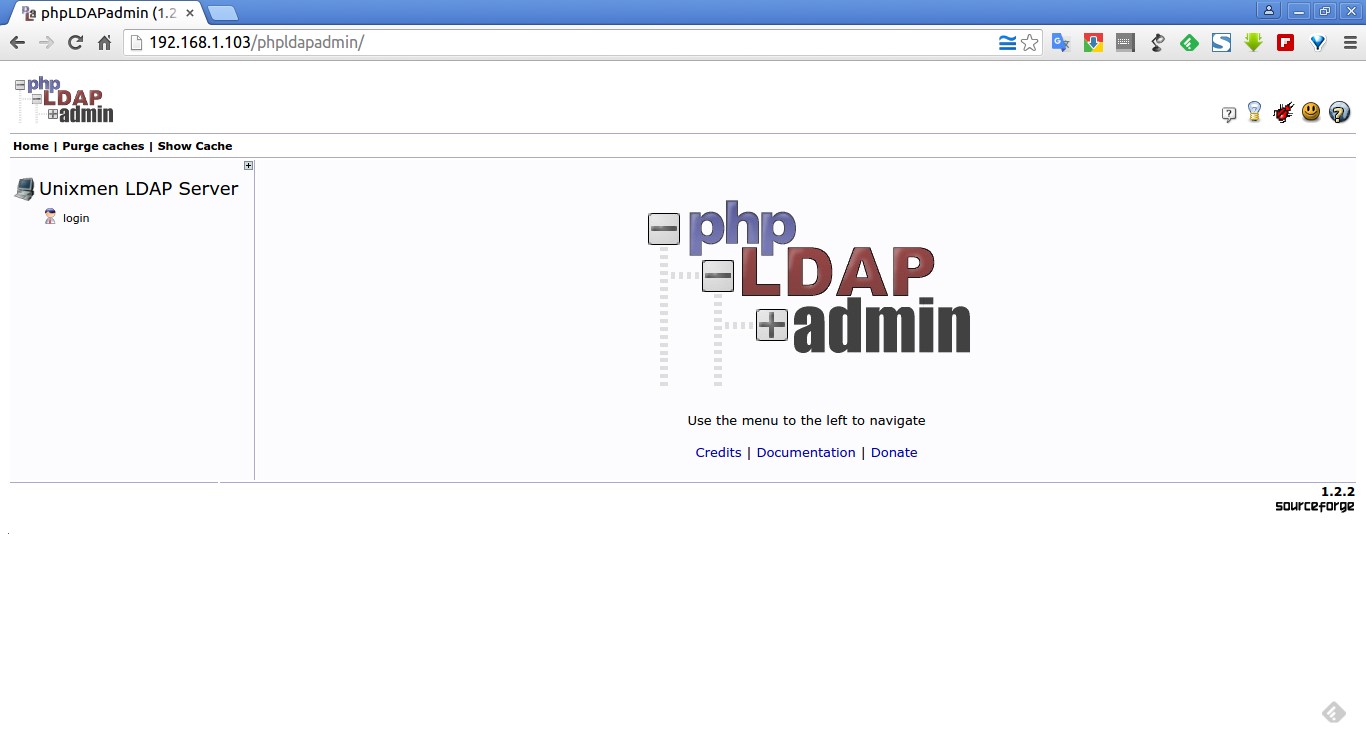



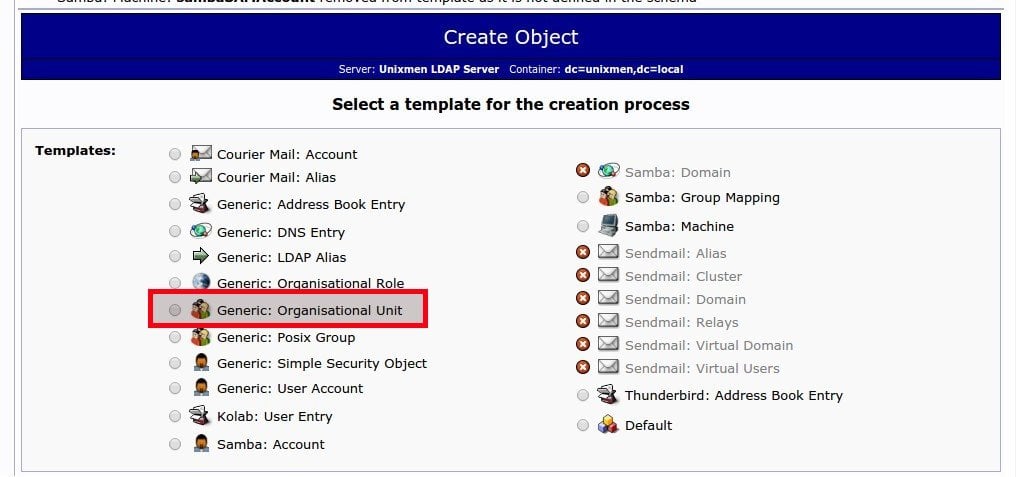



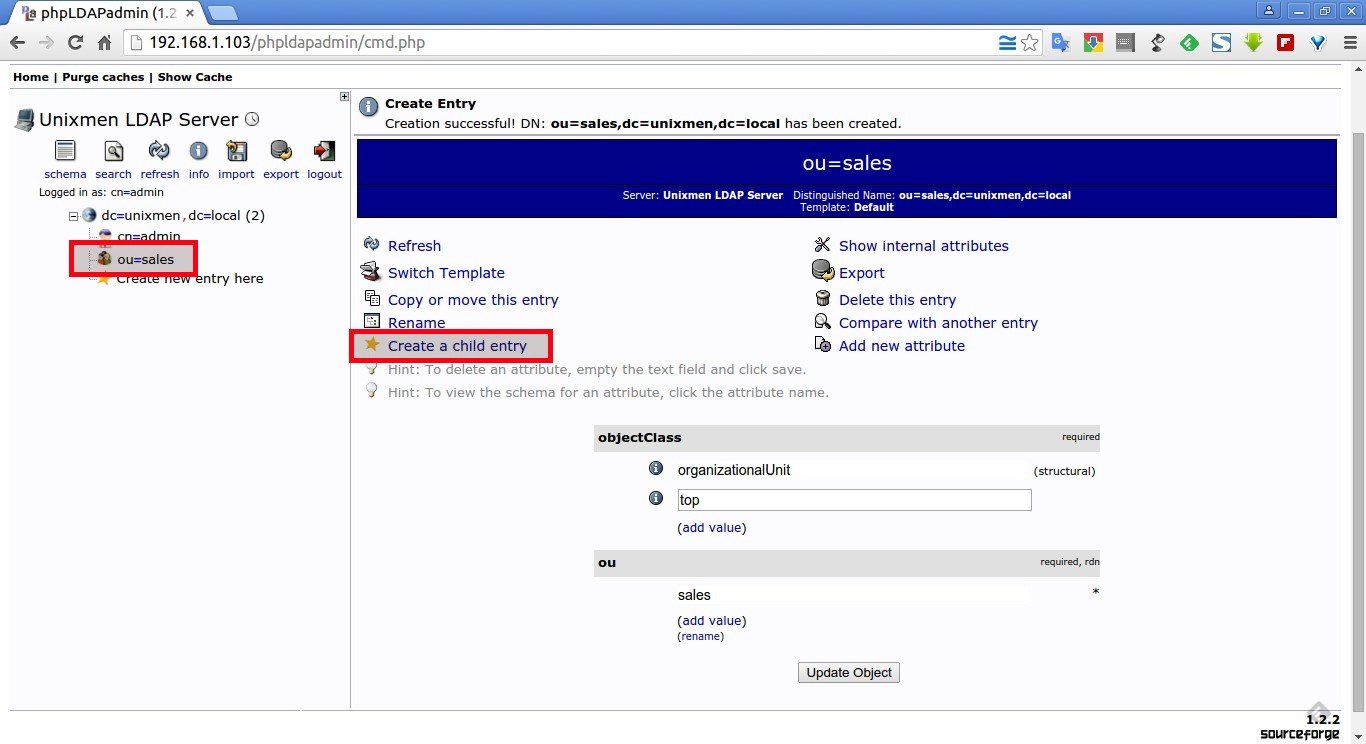

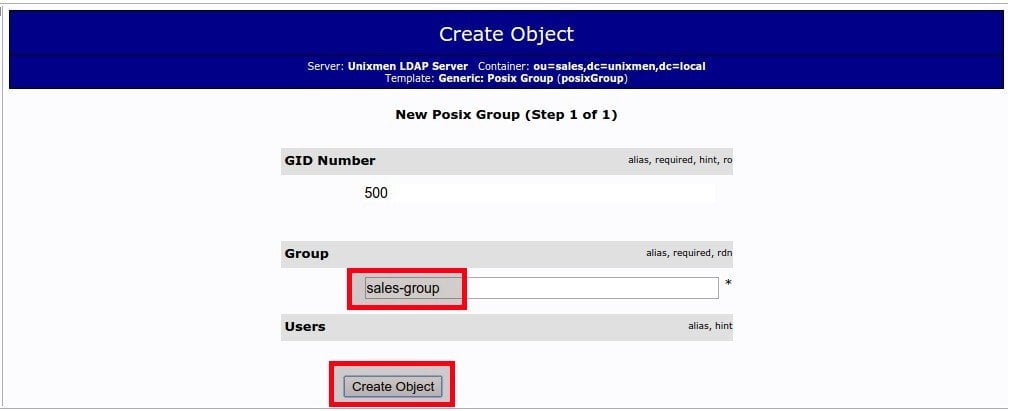

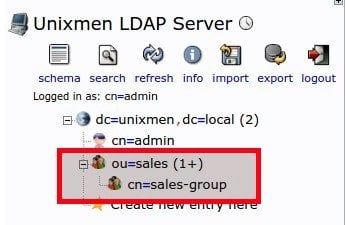
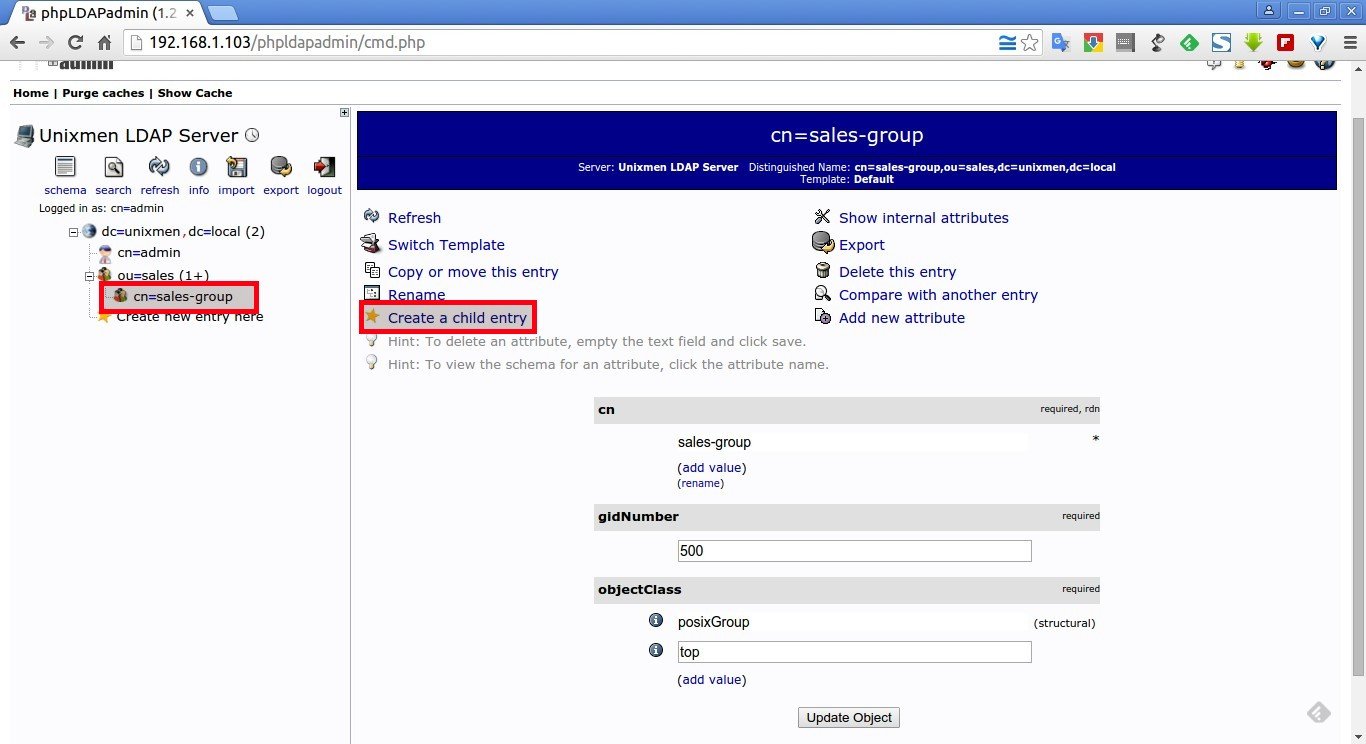


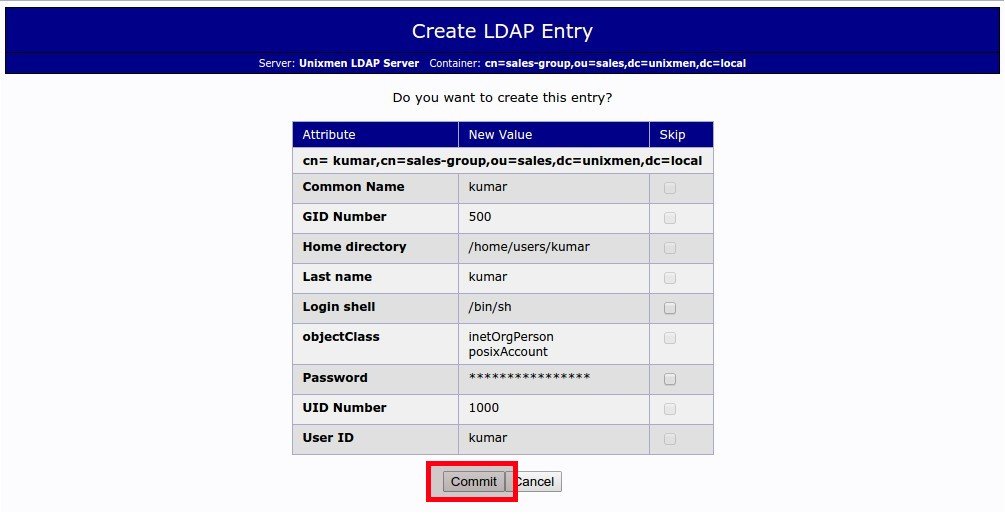




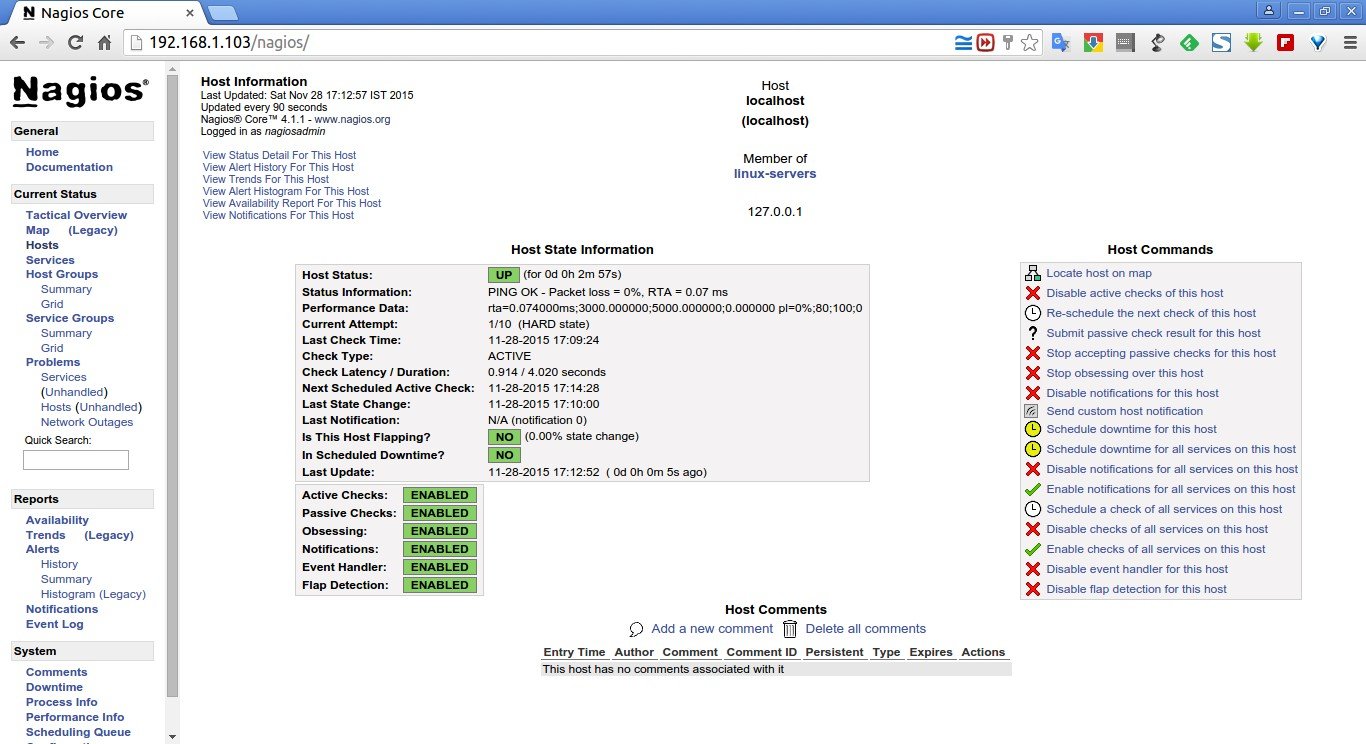



![Ubuntu 15.10 server [Running] – Oracle VM VirtualBox_001](http://www.unixmen.com/wp-content/uploads/2015/11/Ubuntu-15.10-server-Running-Oracle-VM-VirtualBox_001.jpg)
![CentOS 7 -1 [Running] – Oracle VM VirtualBox_002](http://www.unixmen.com/wp-content/uploads/2015/11/CentOS-7-1-Running-Oracle-VM-VirtualBox_002.jpg)